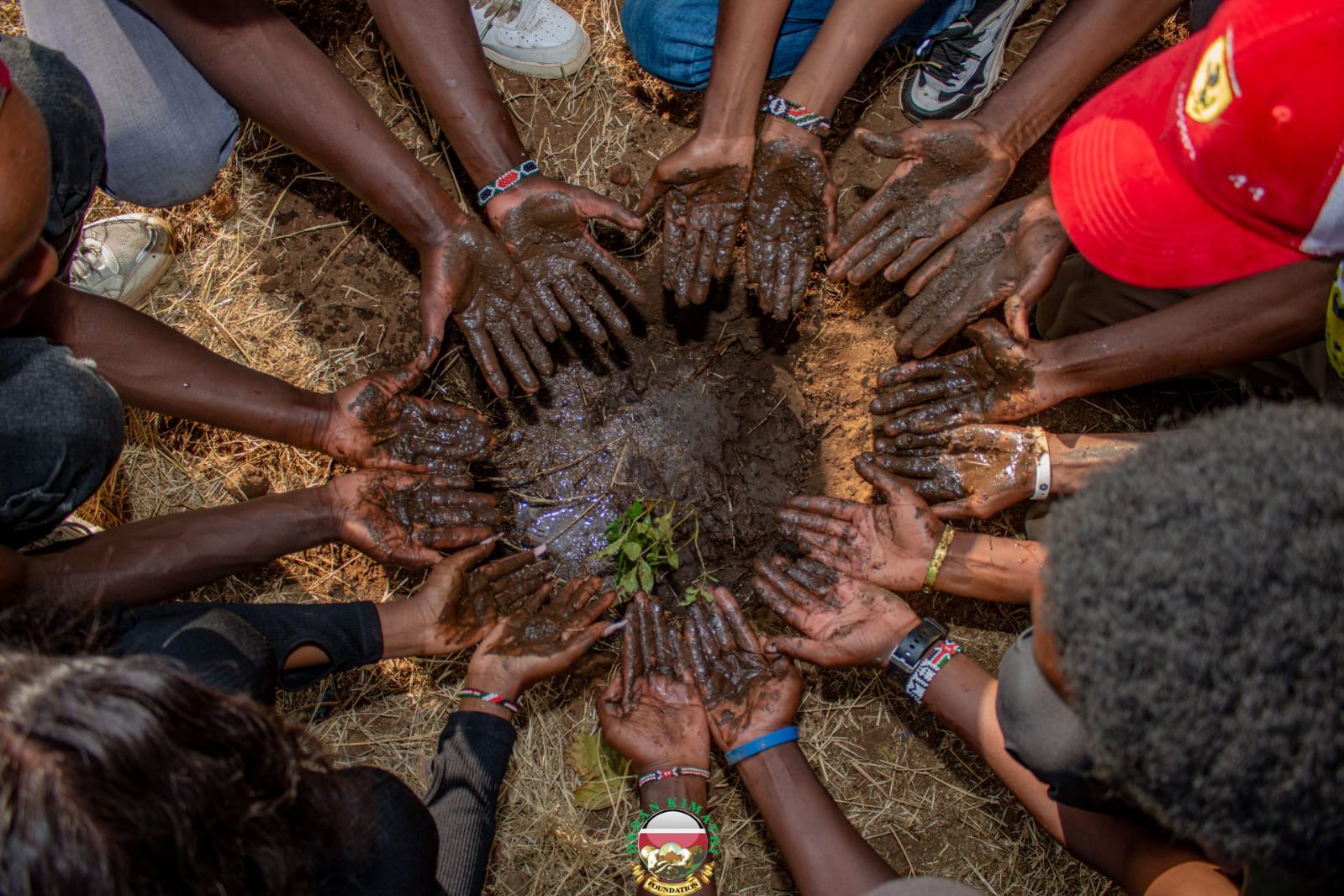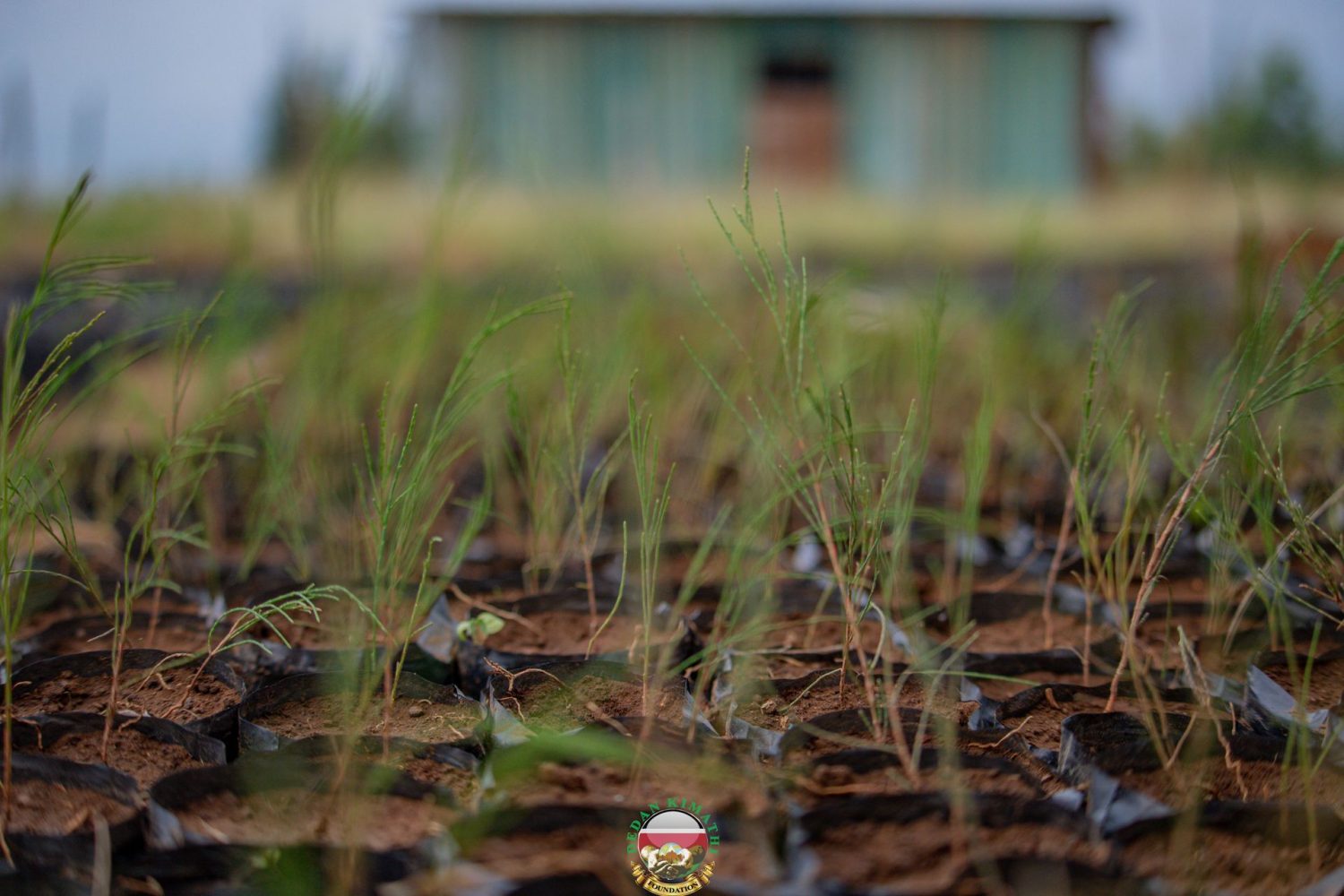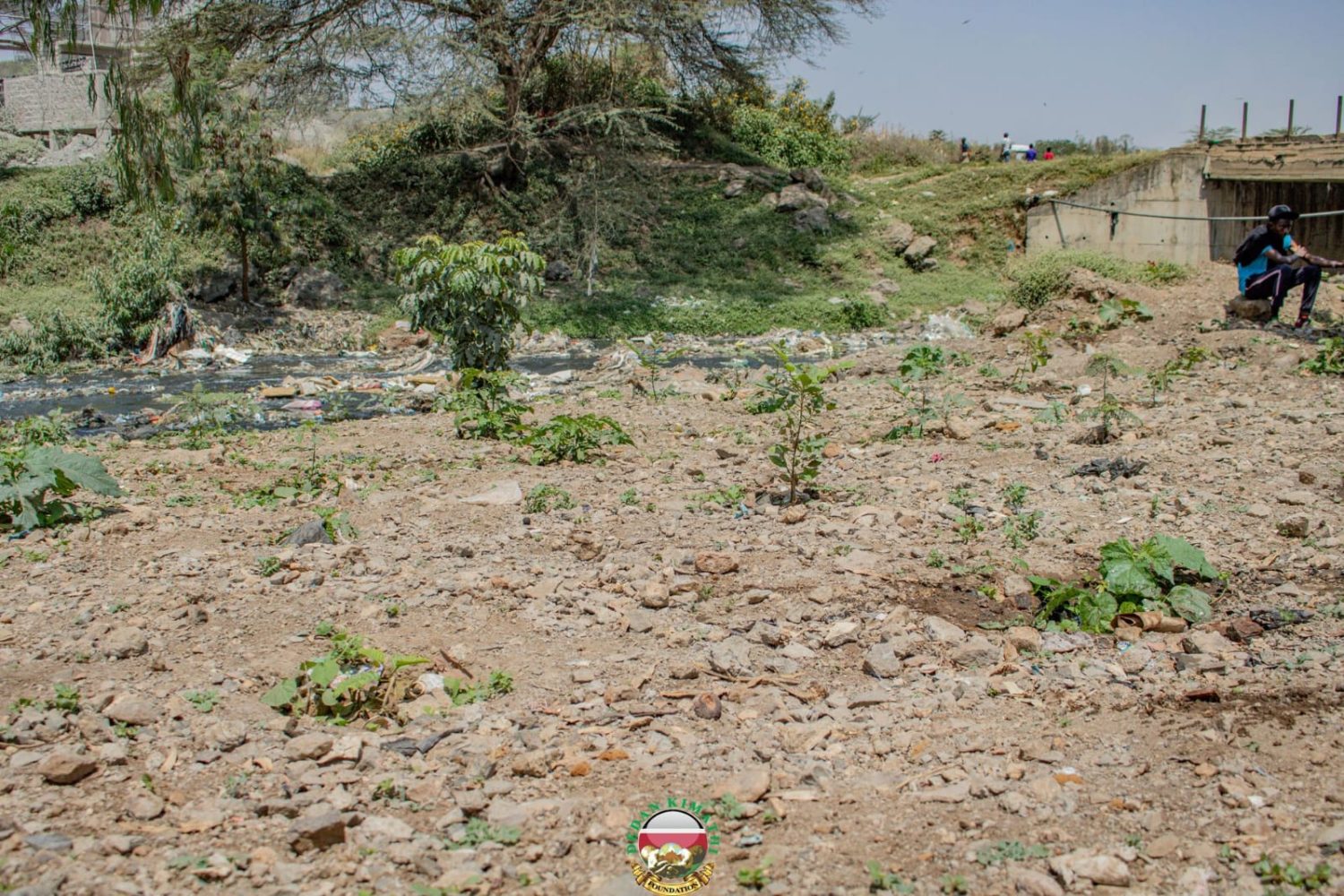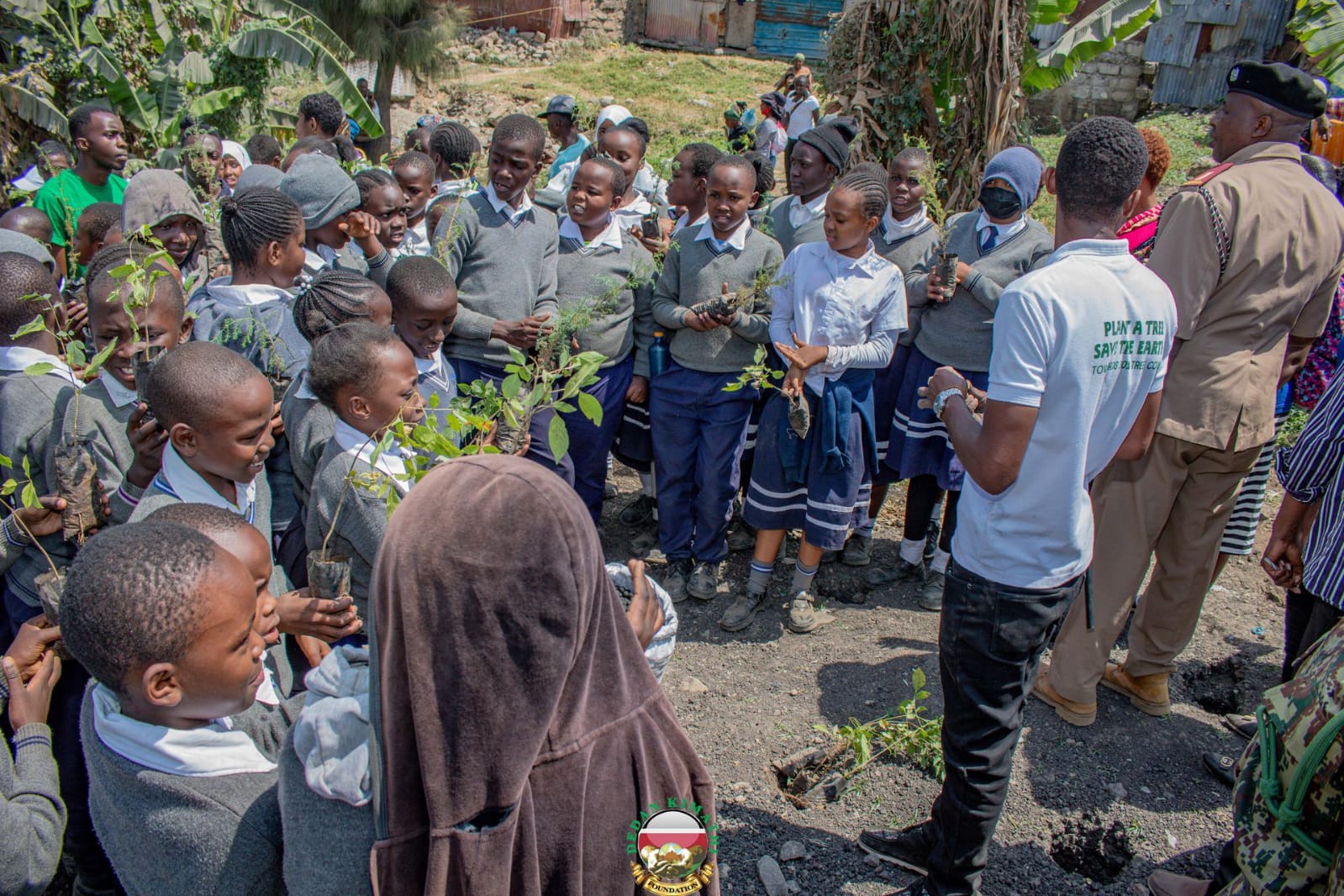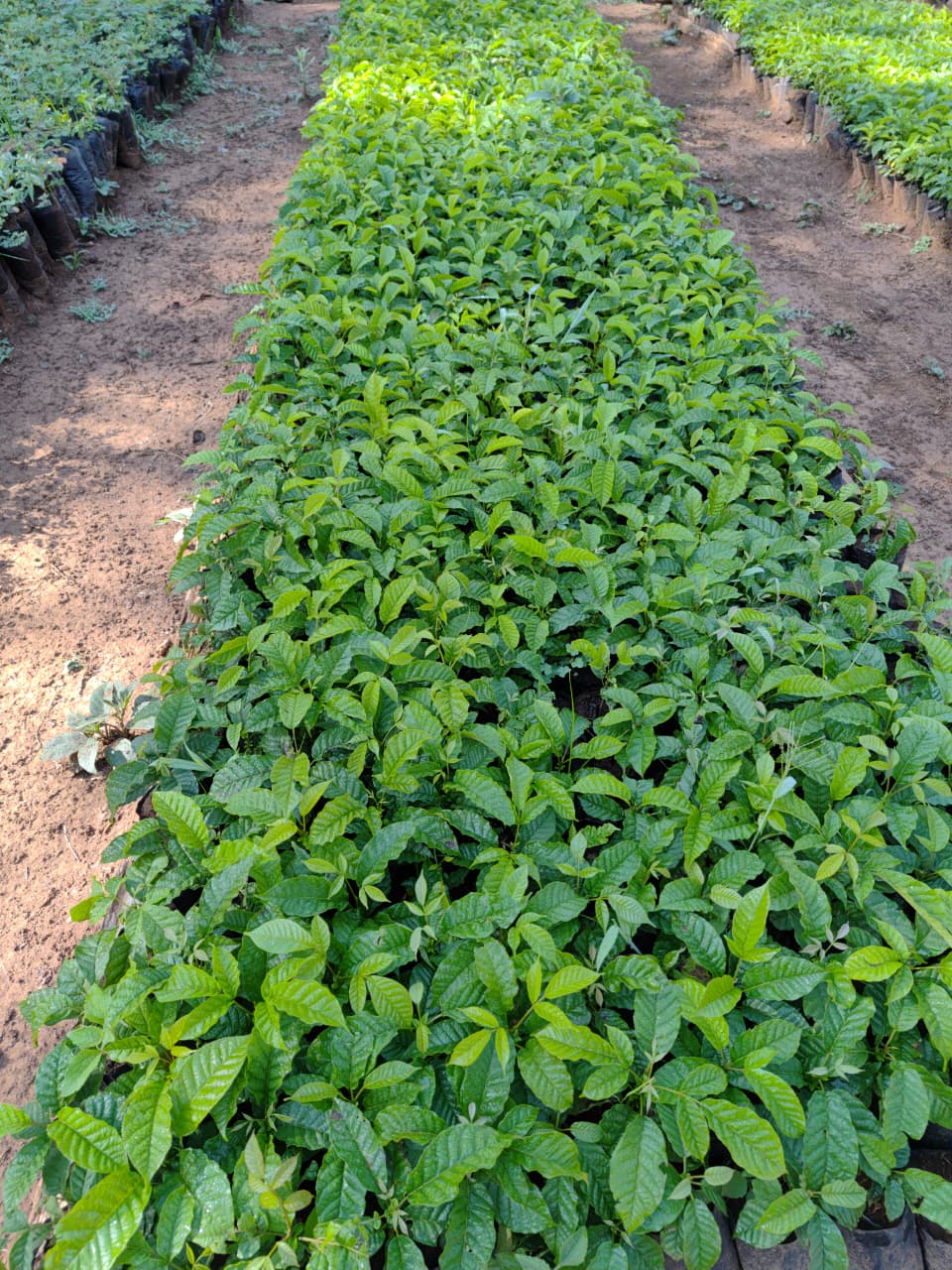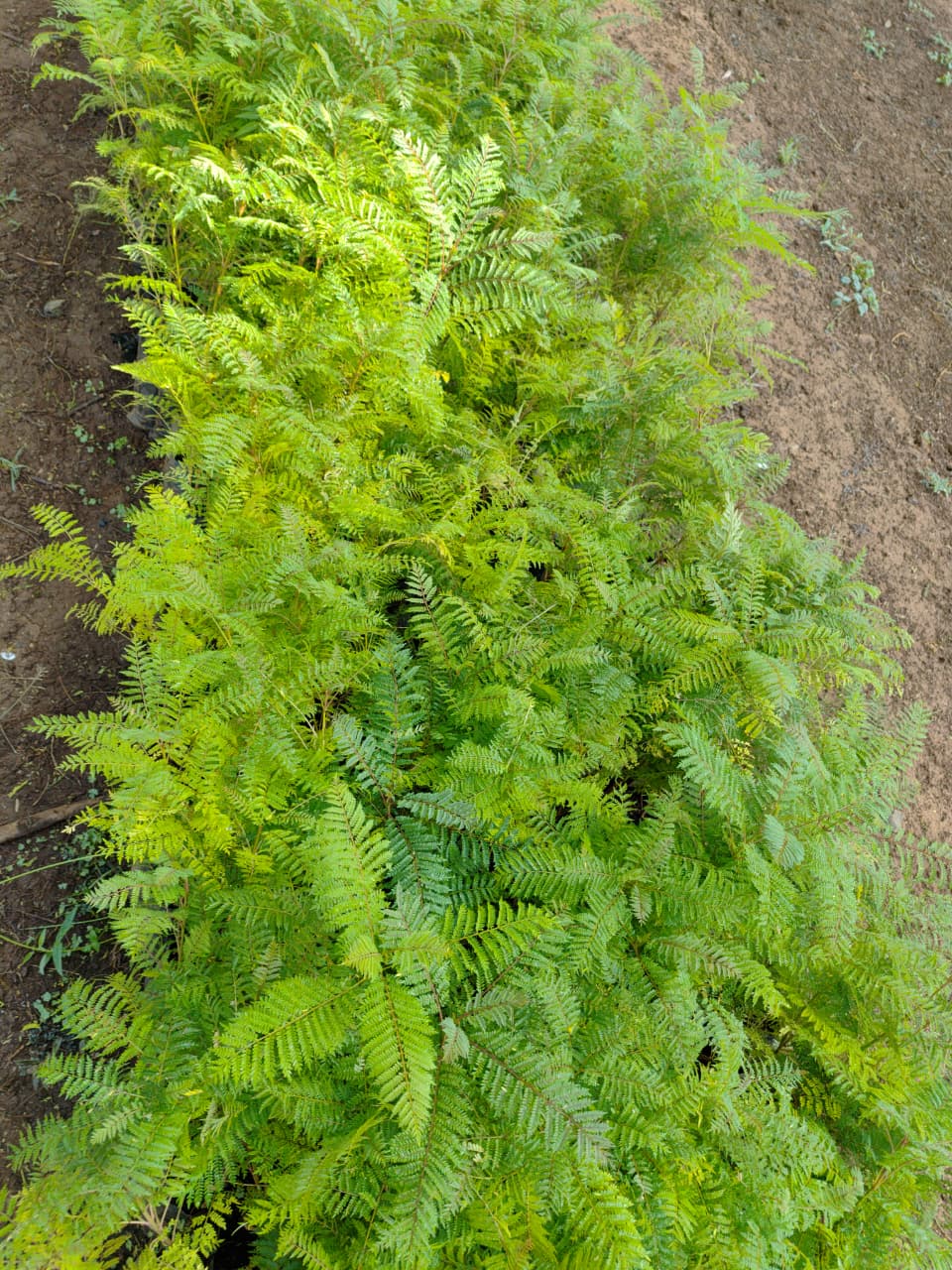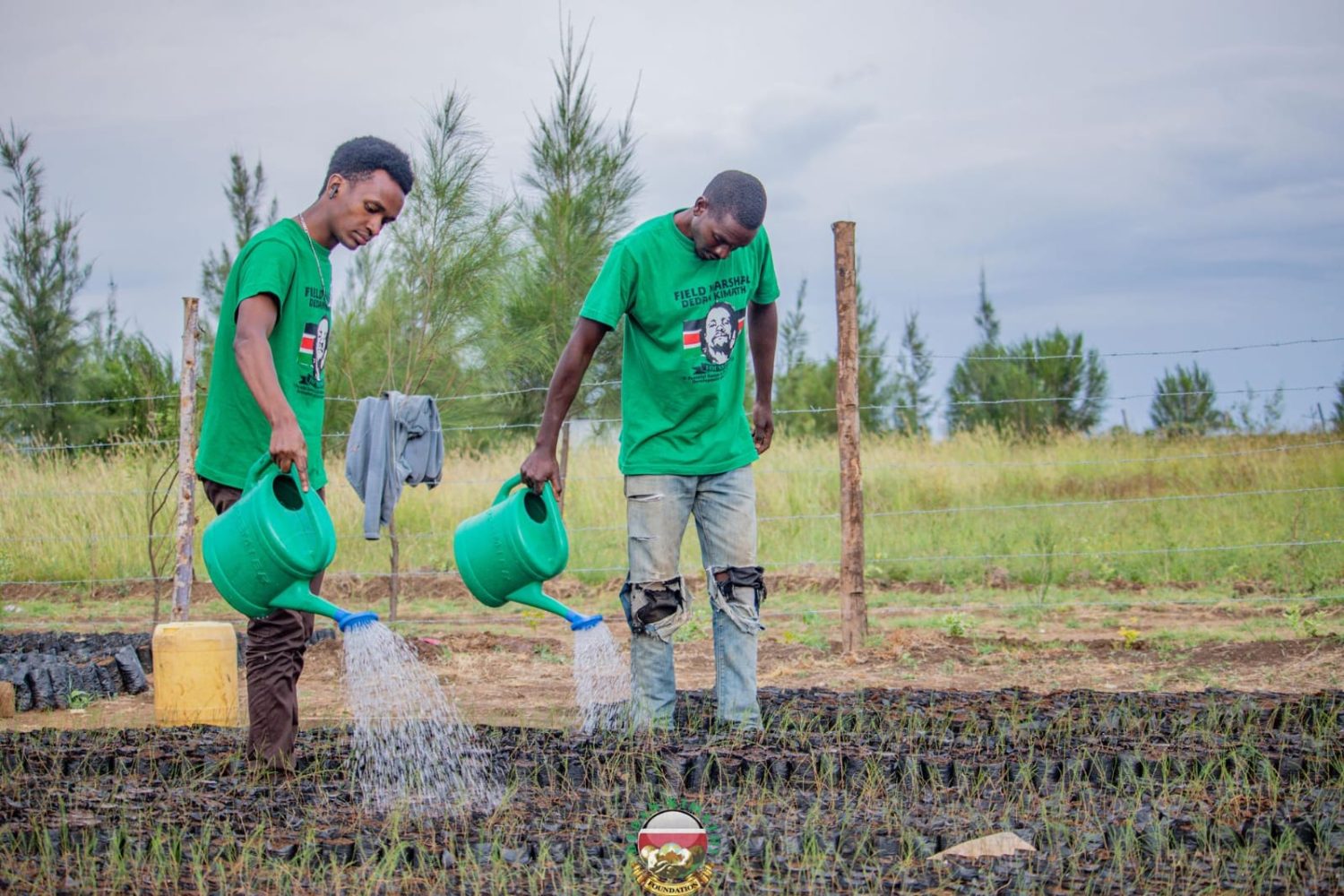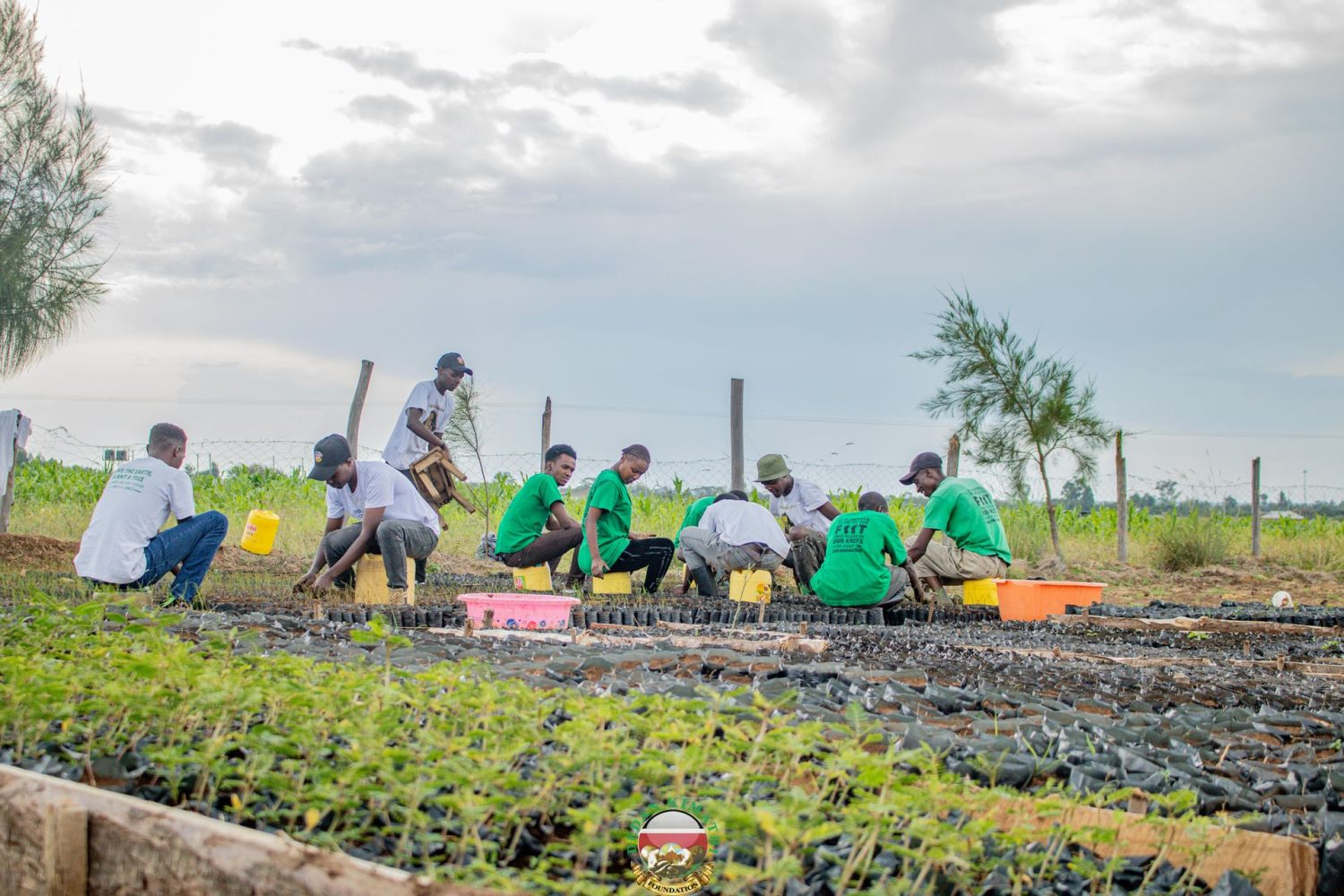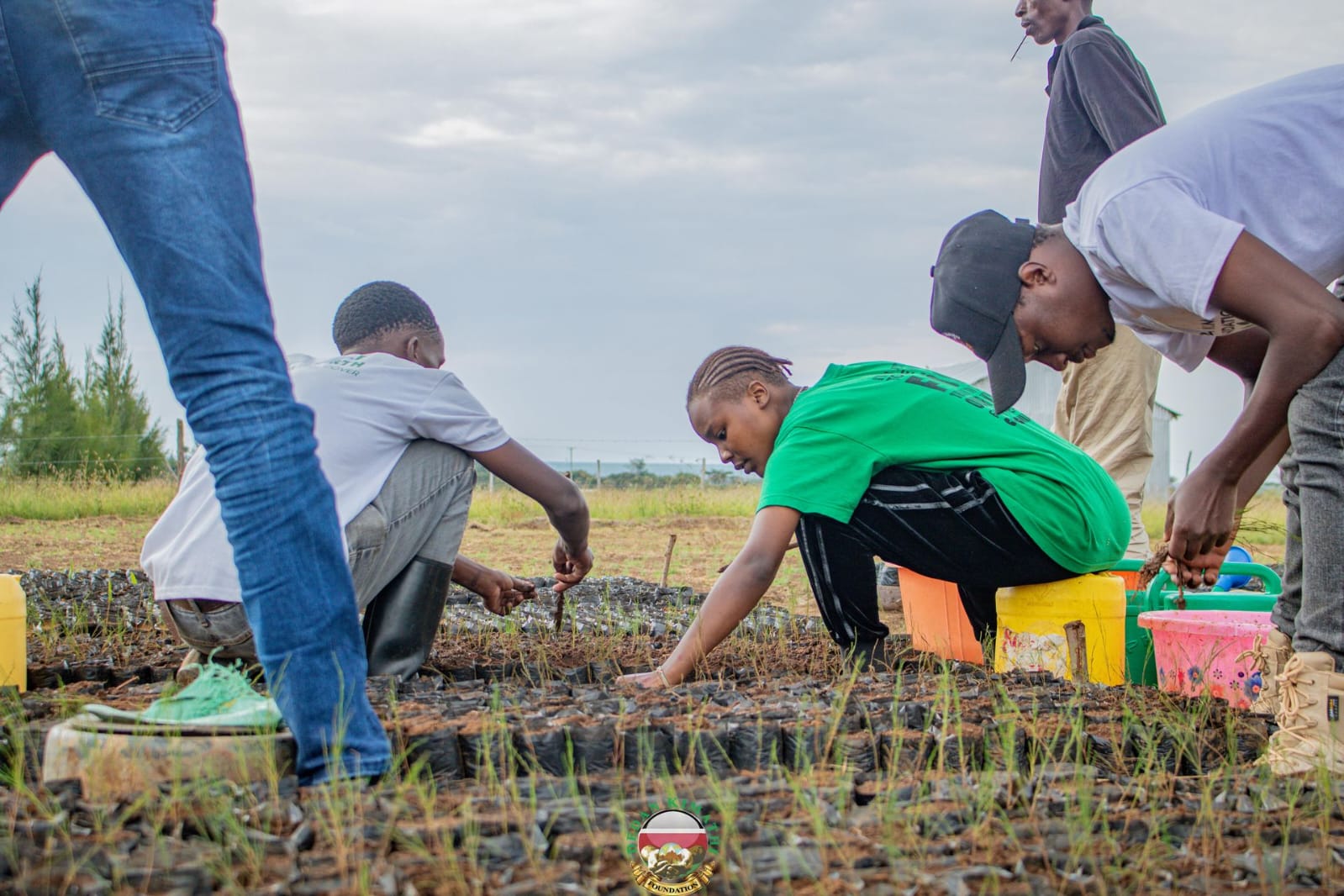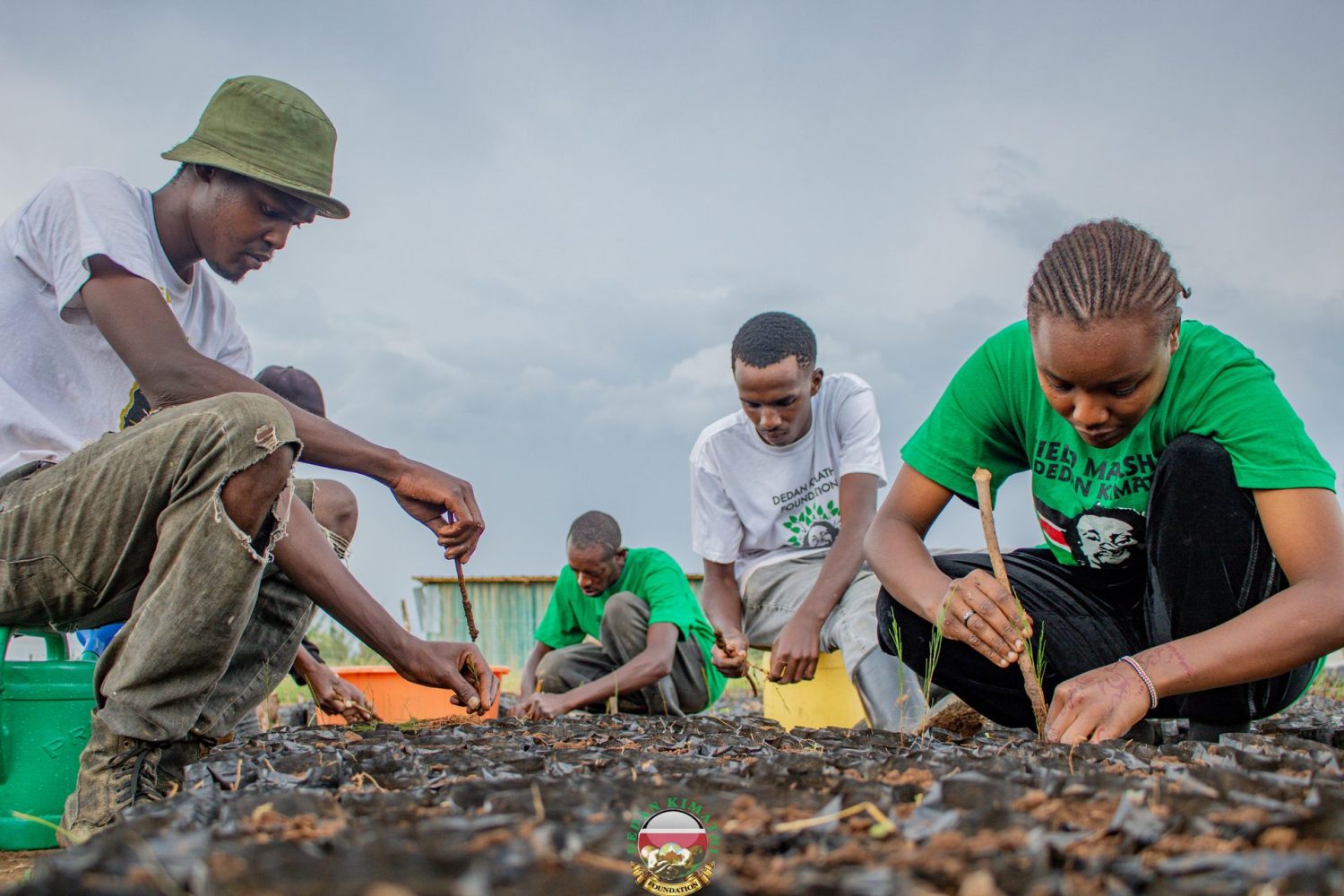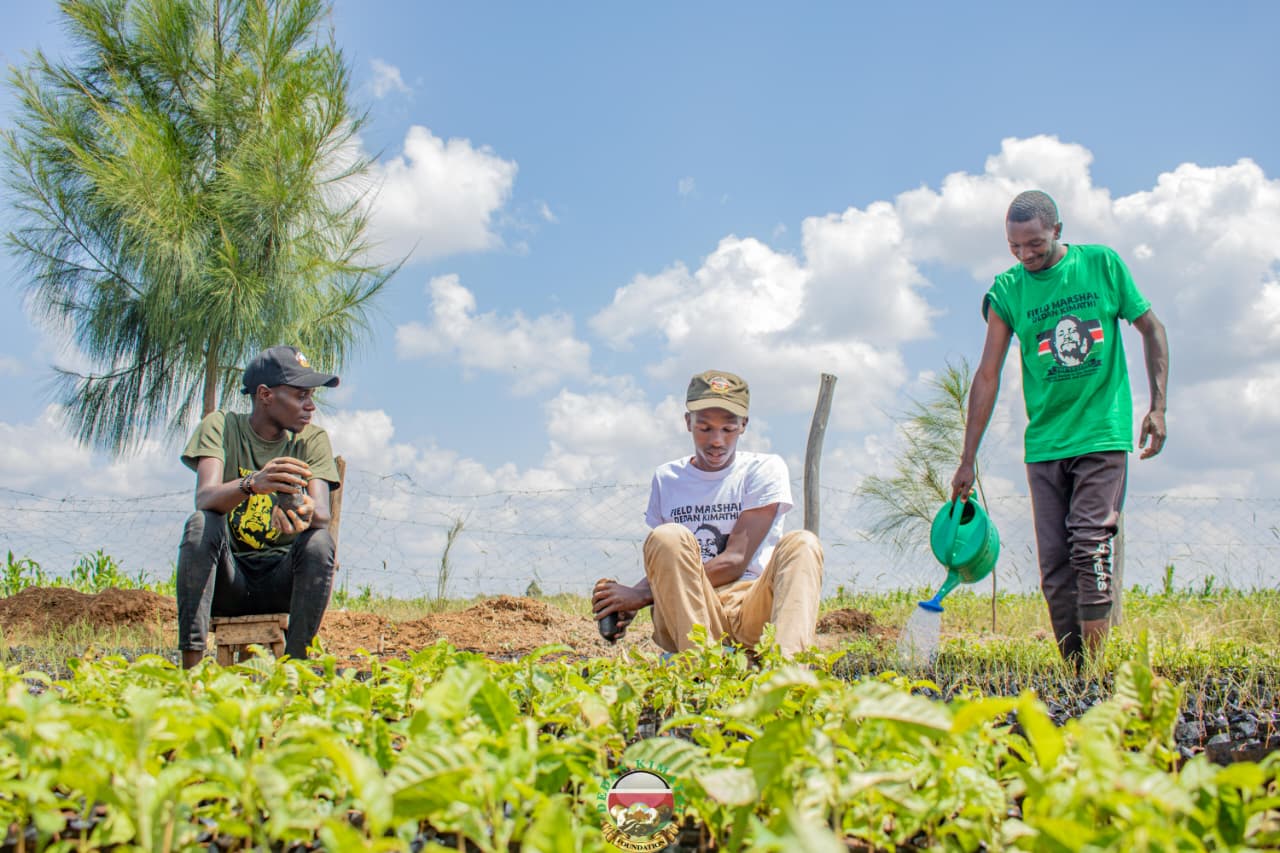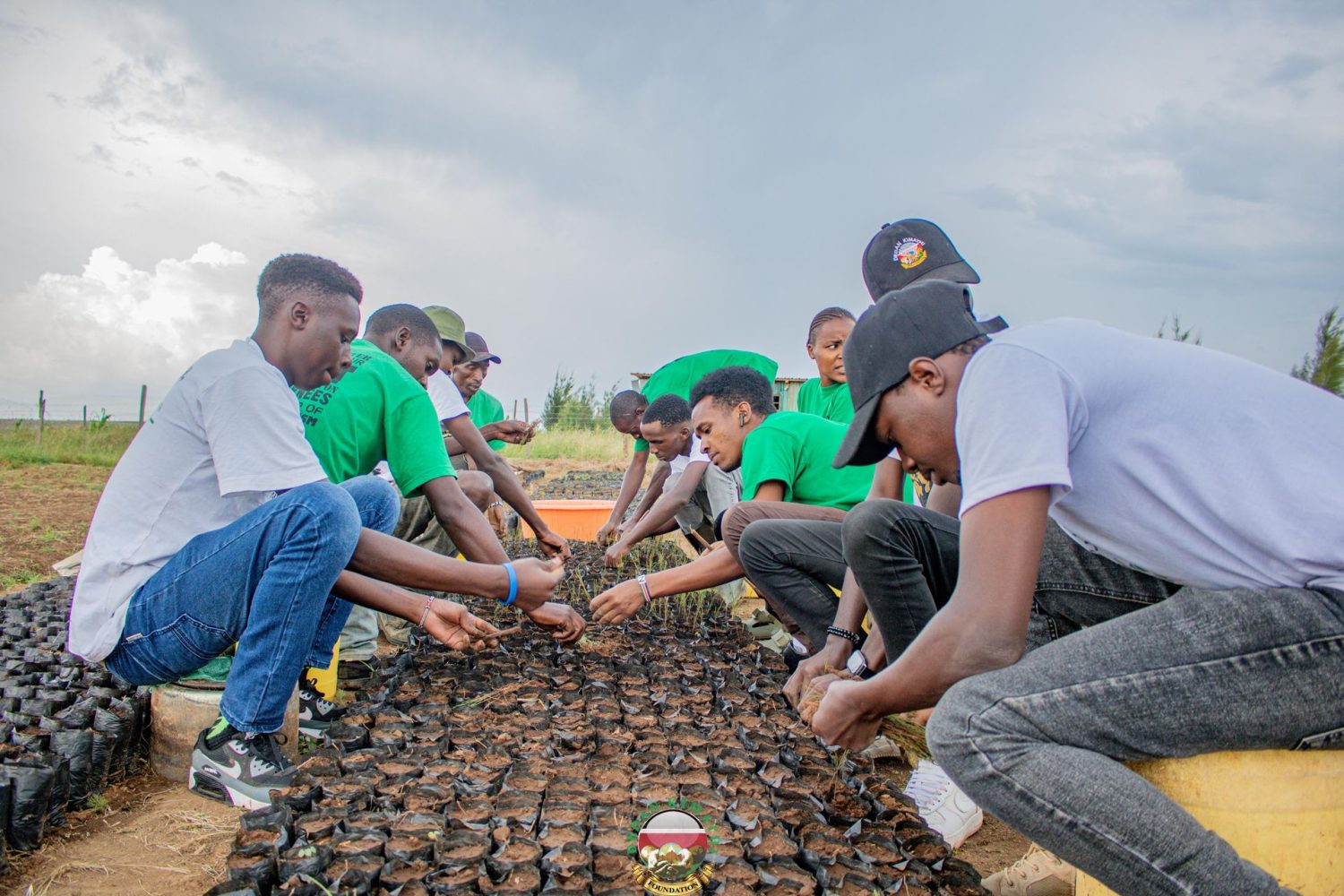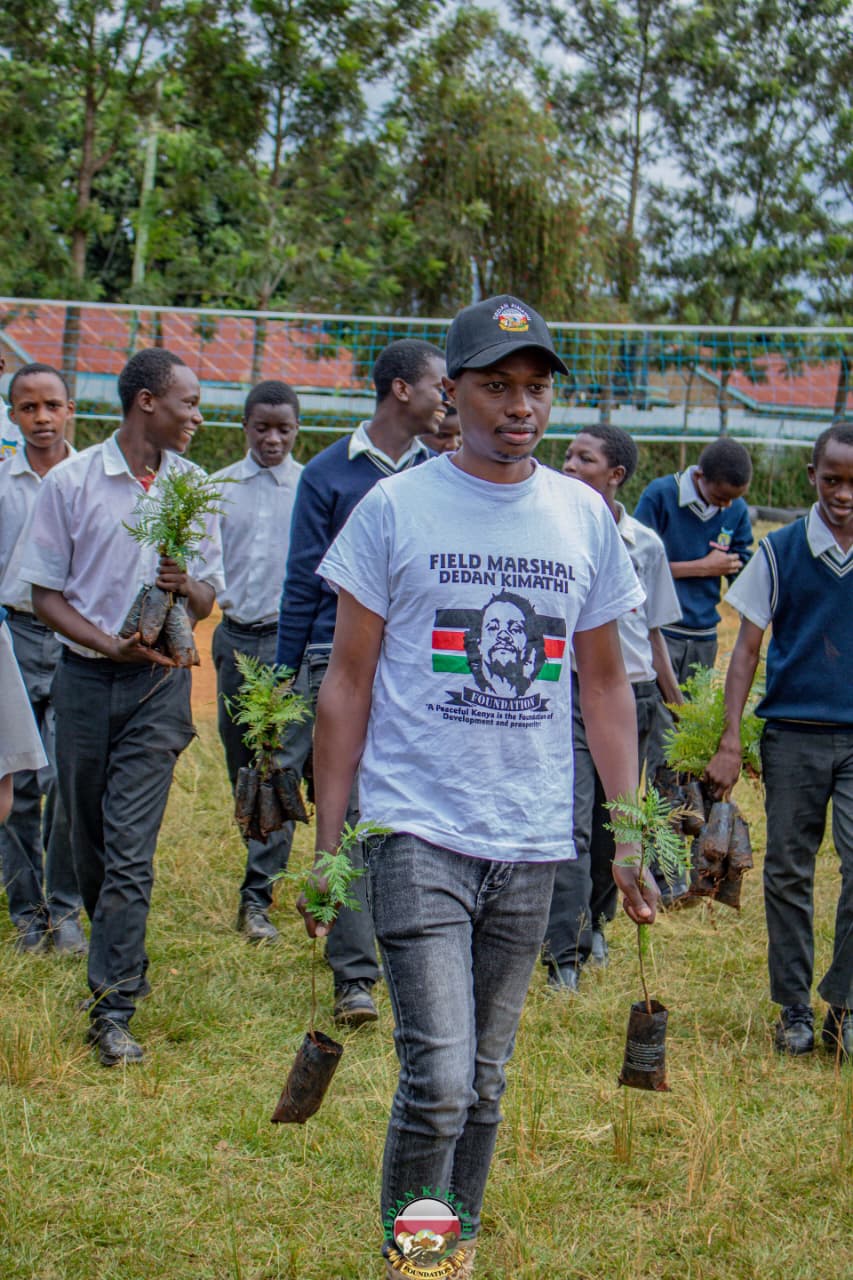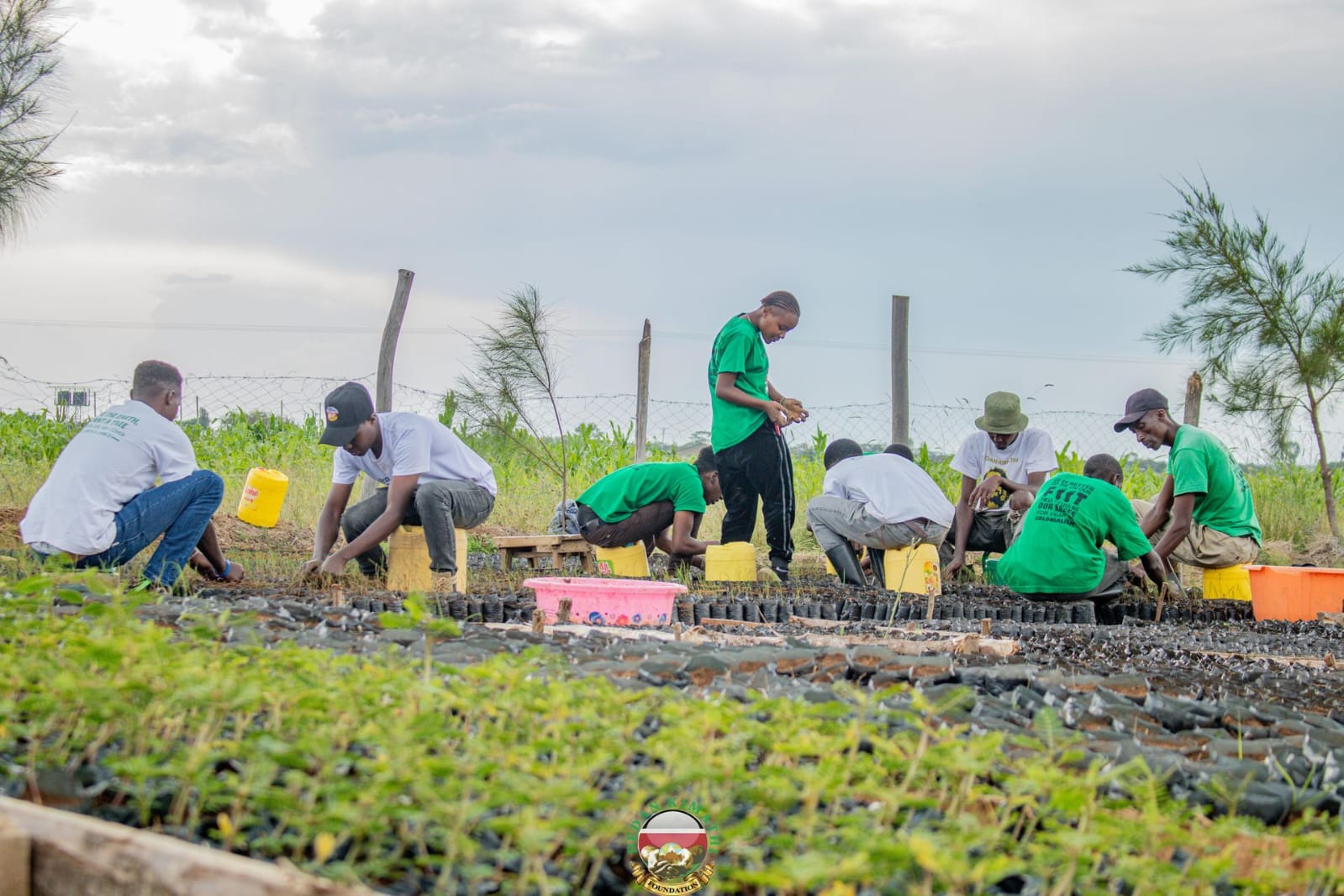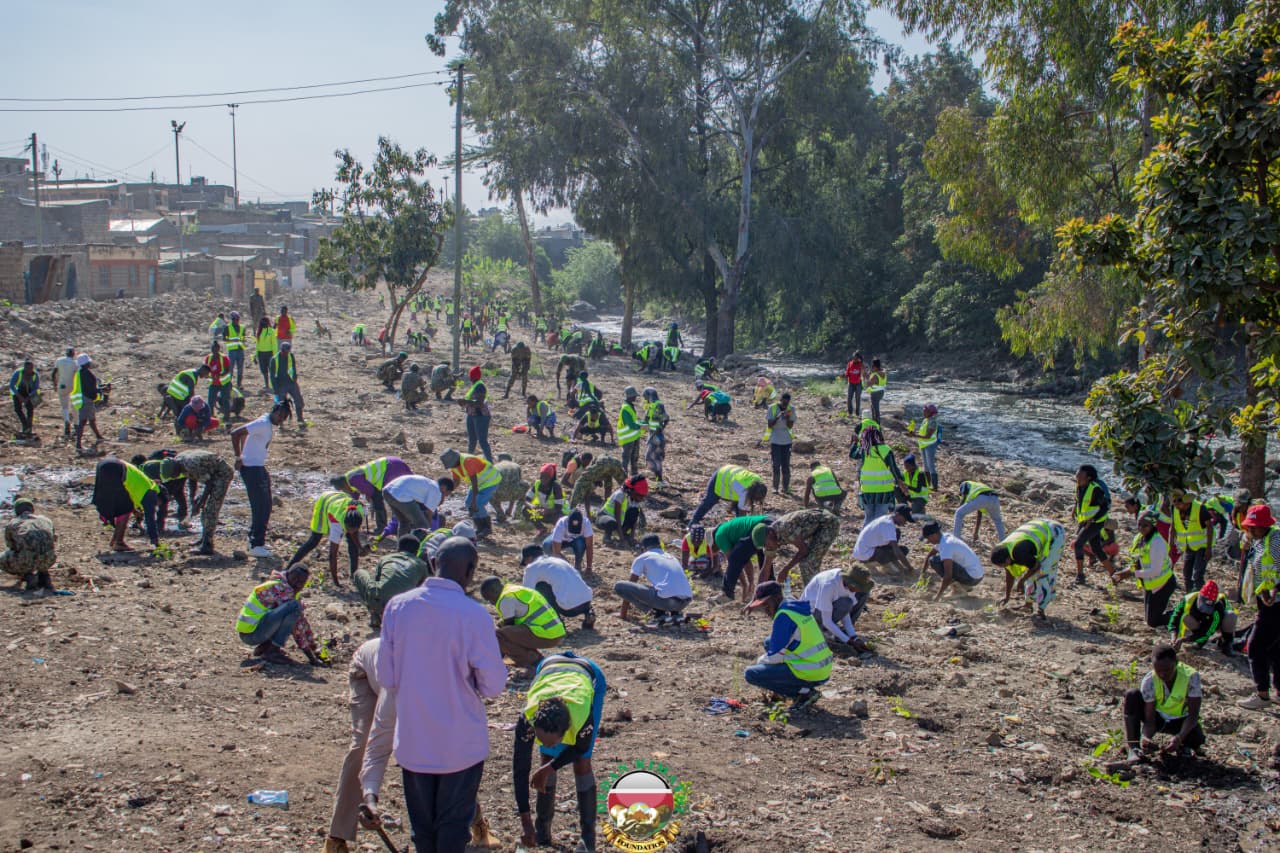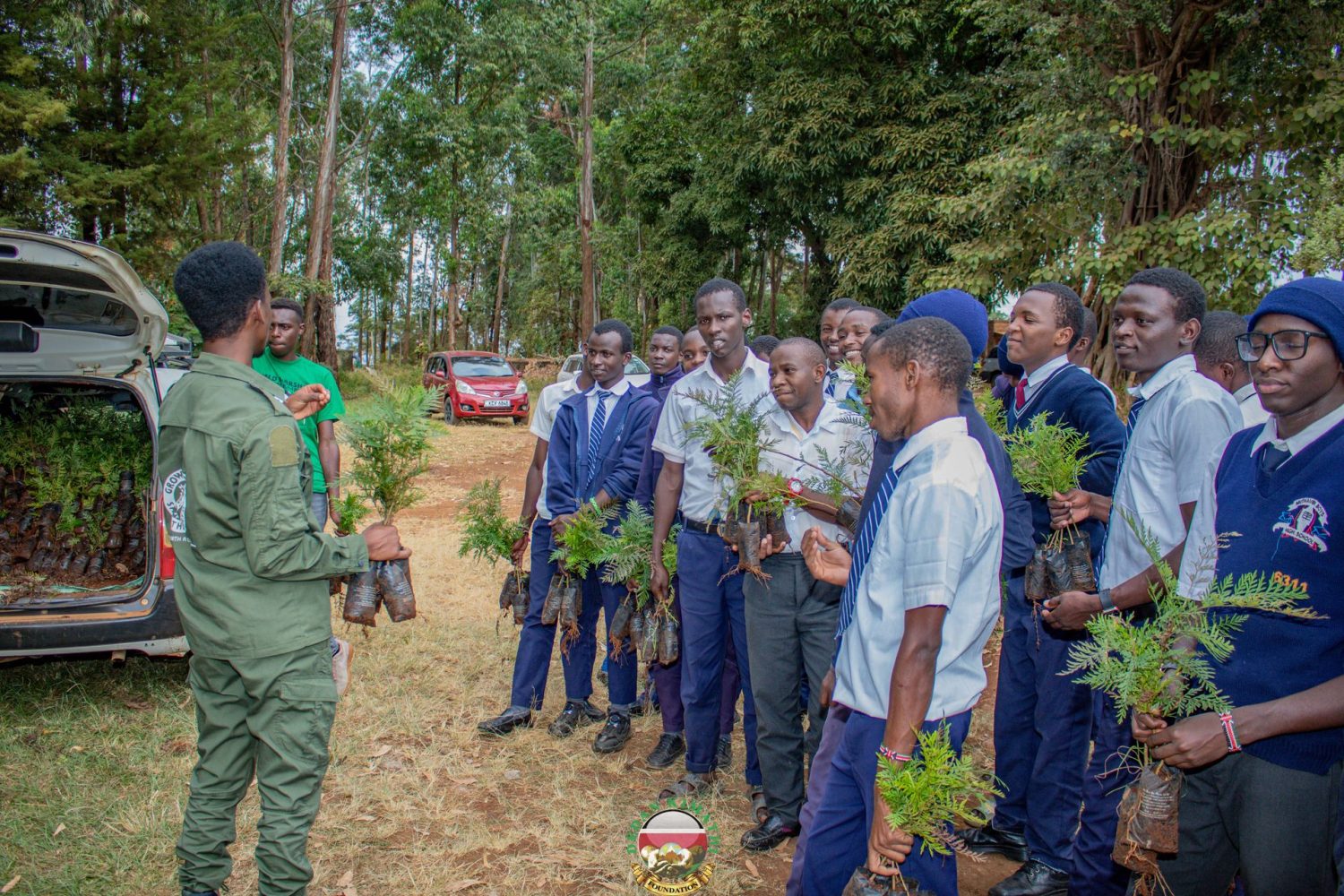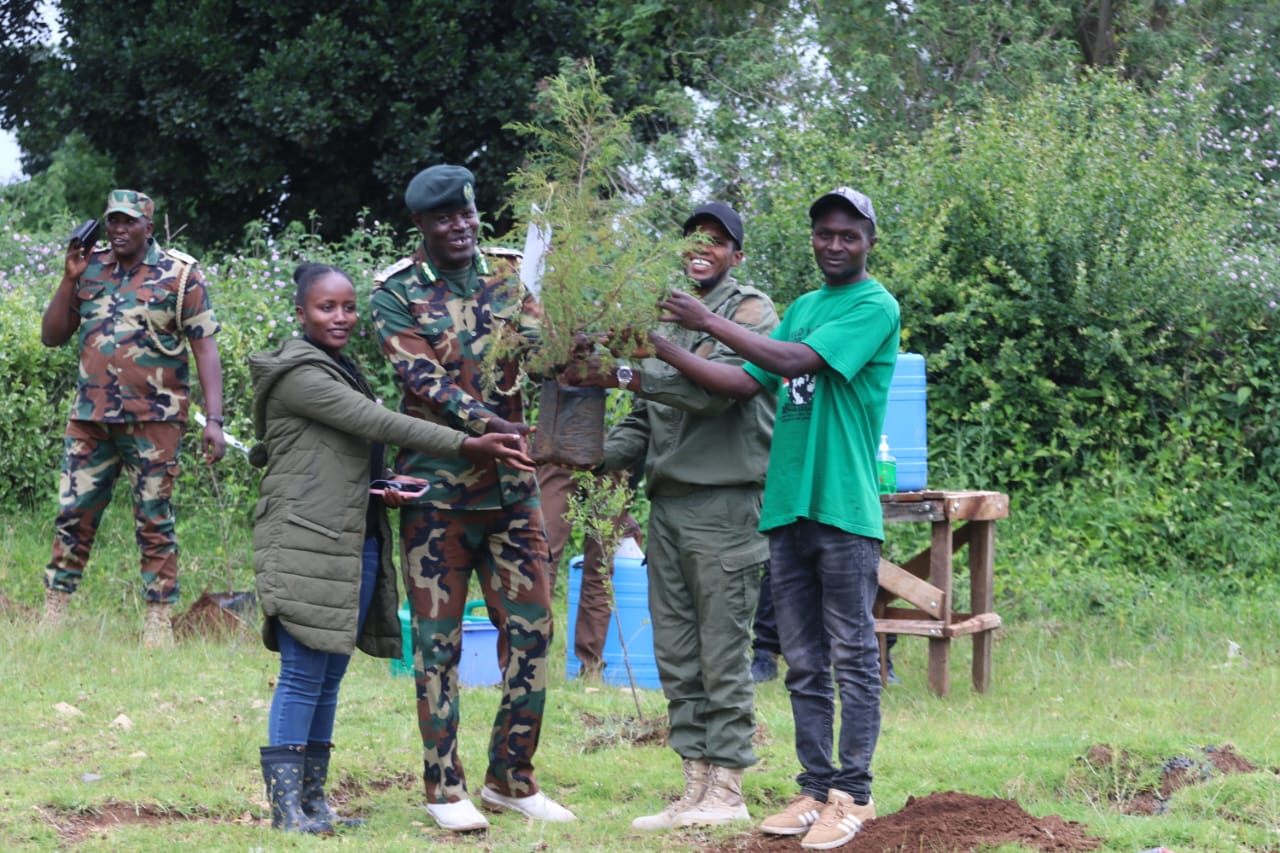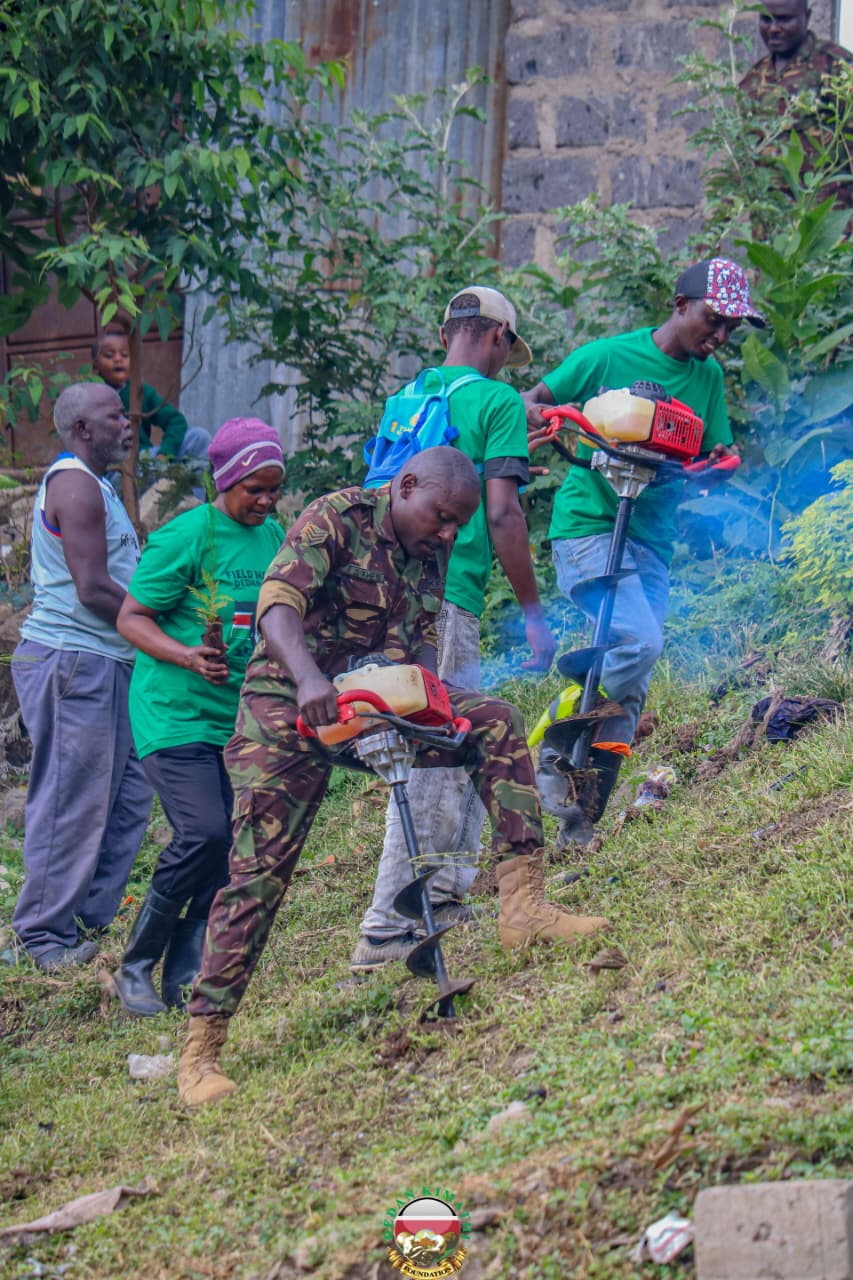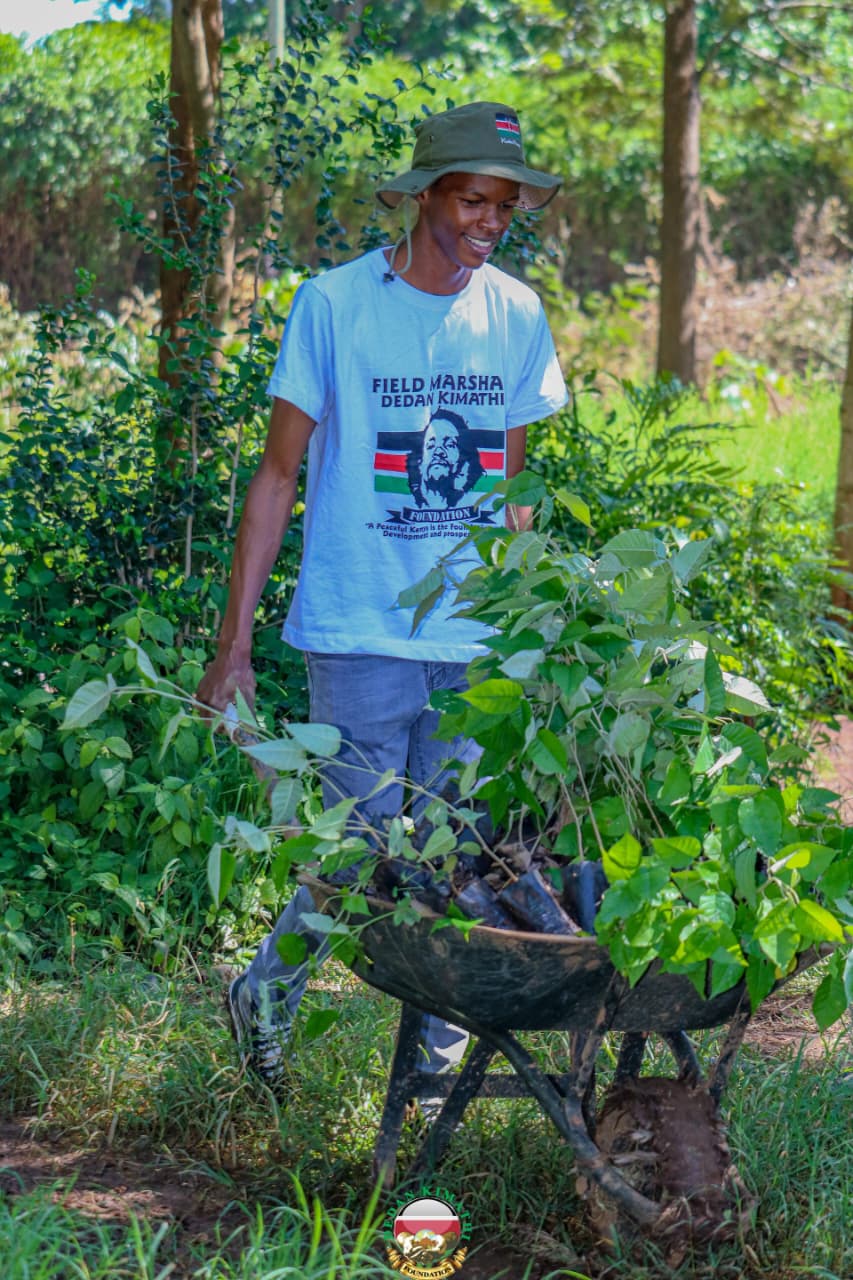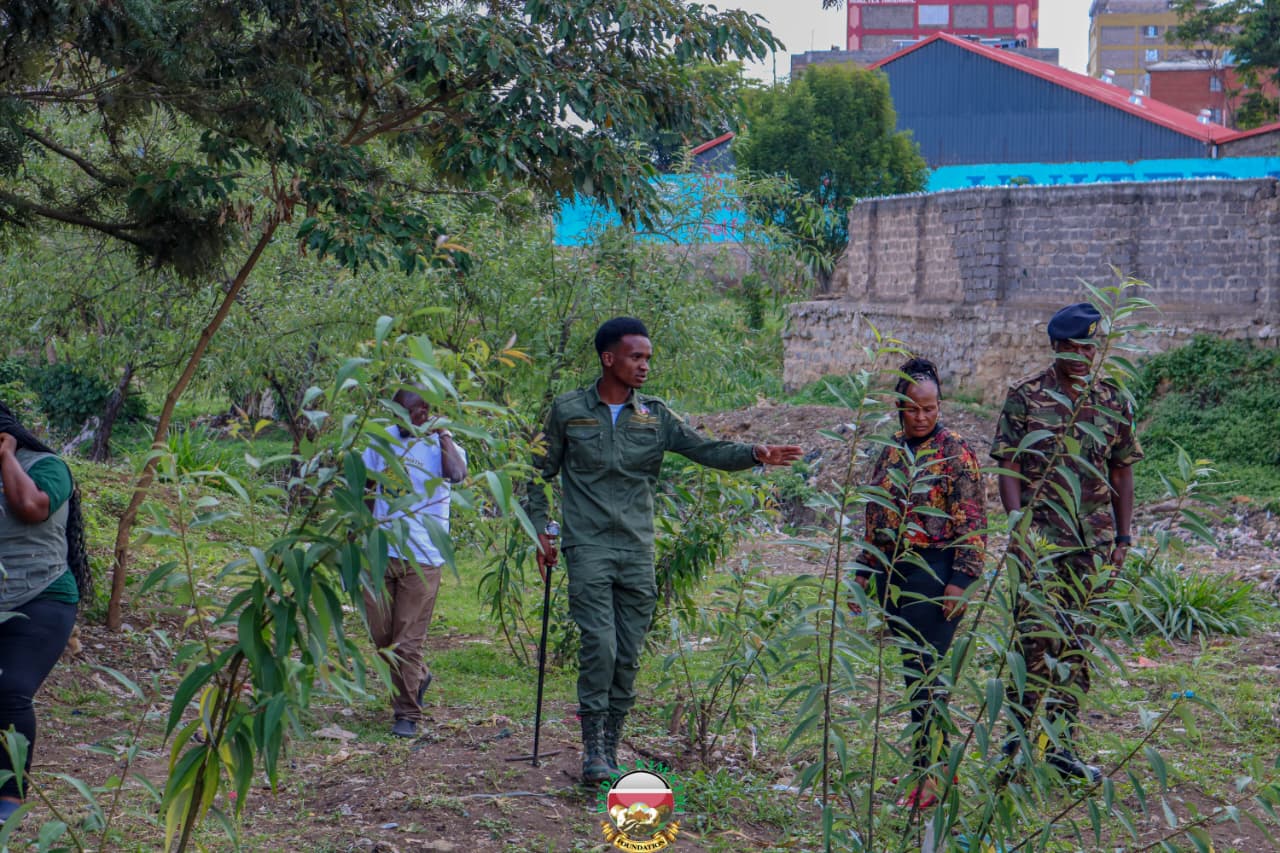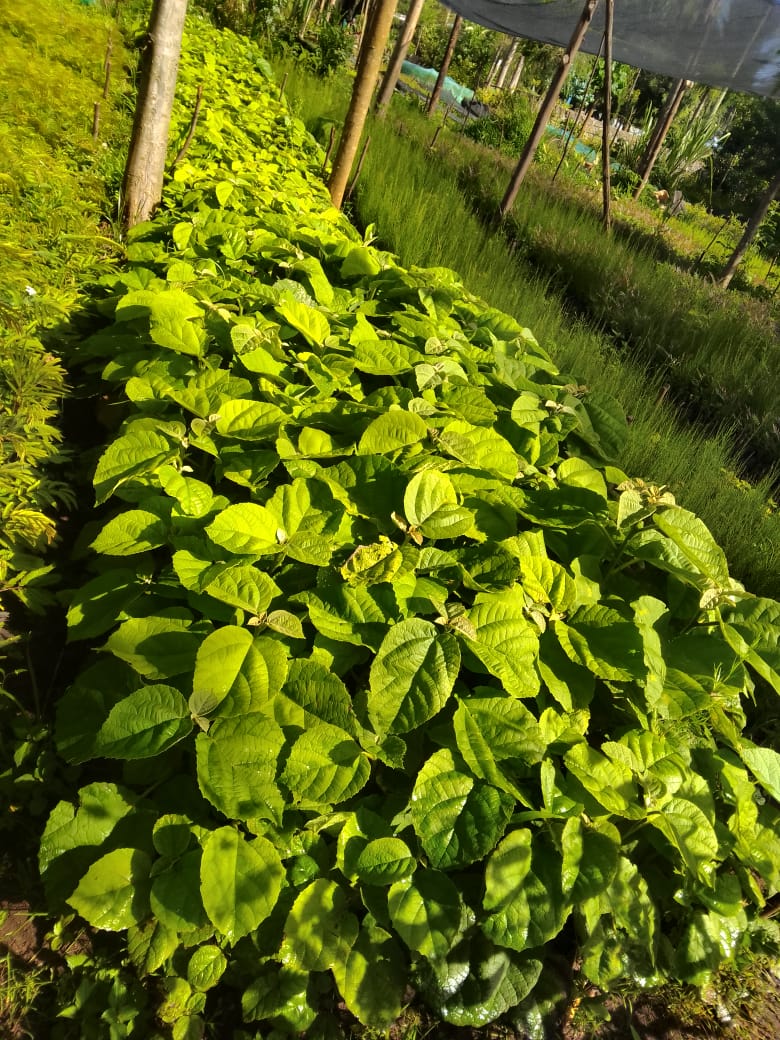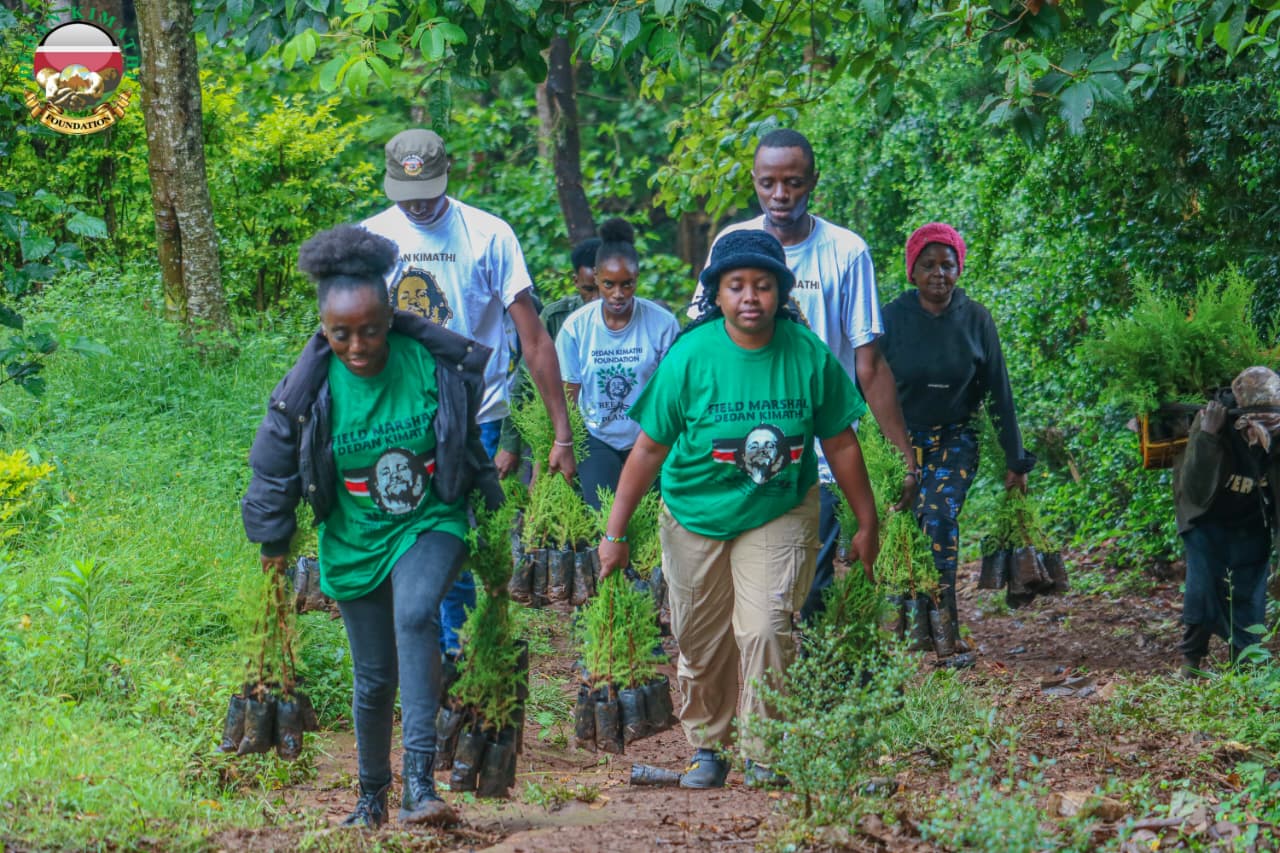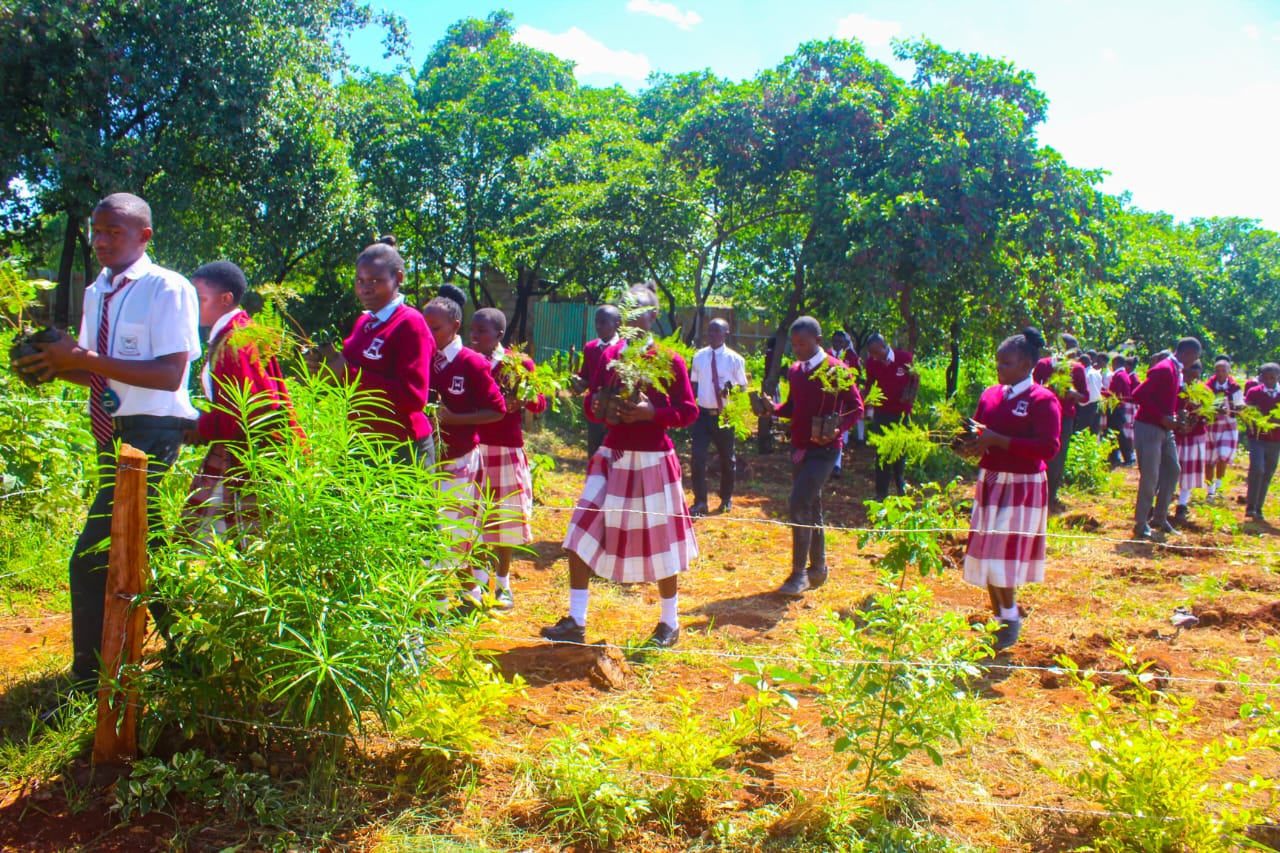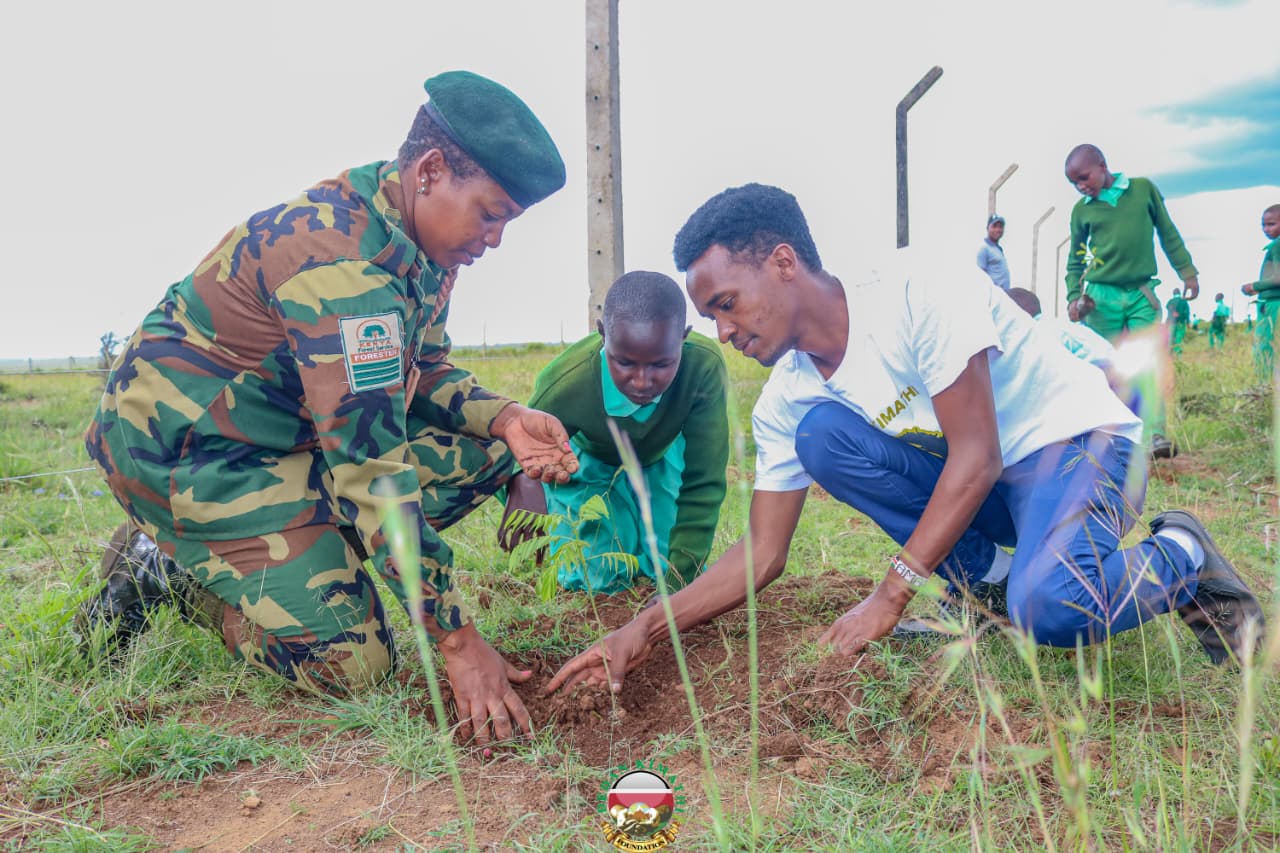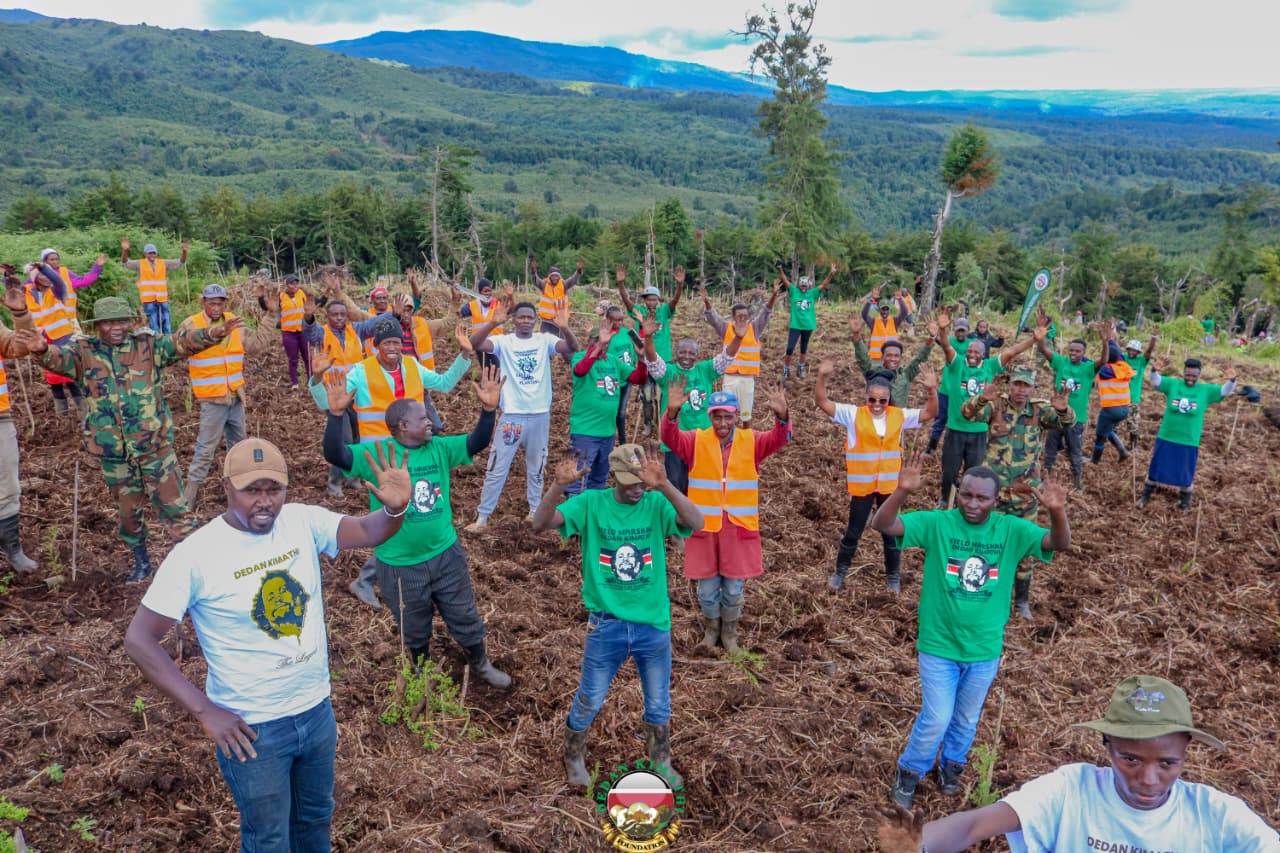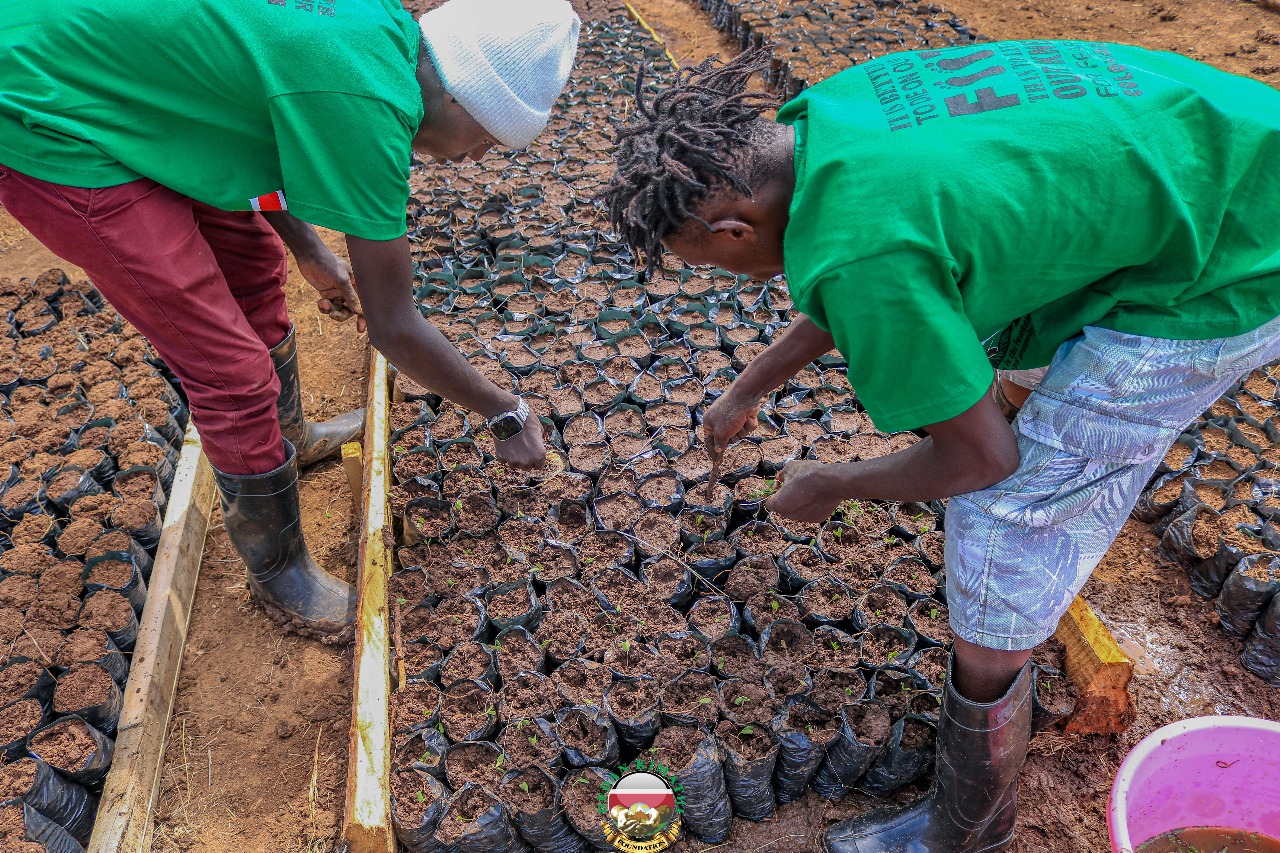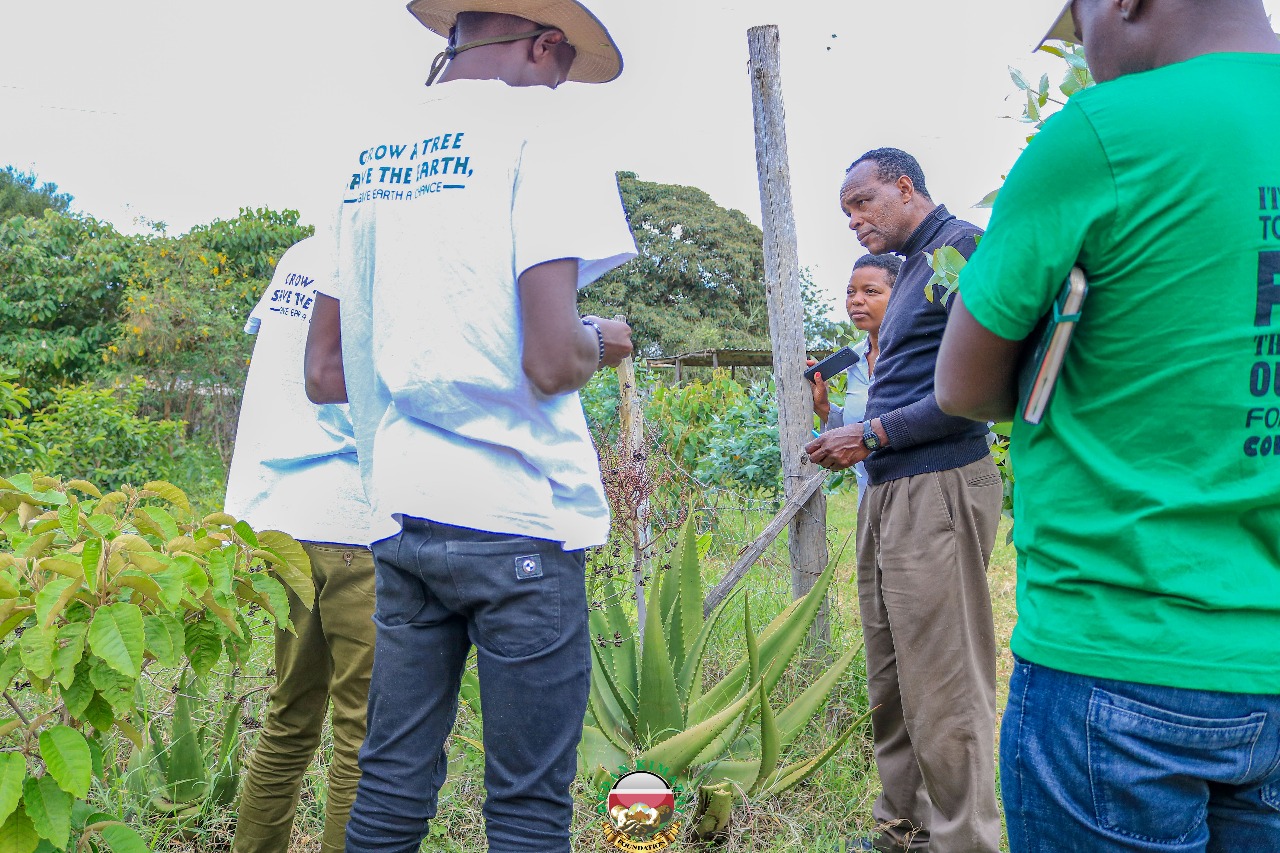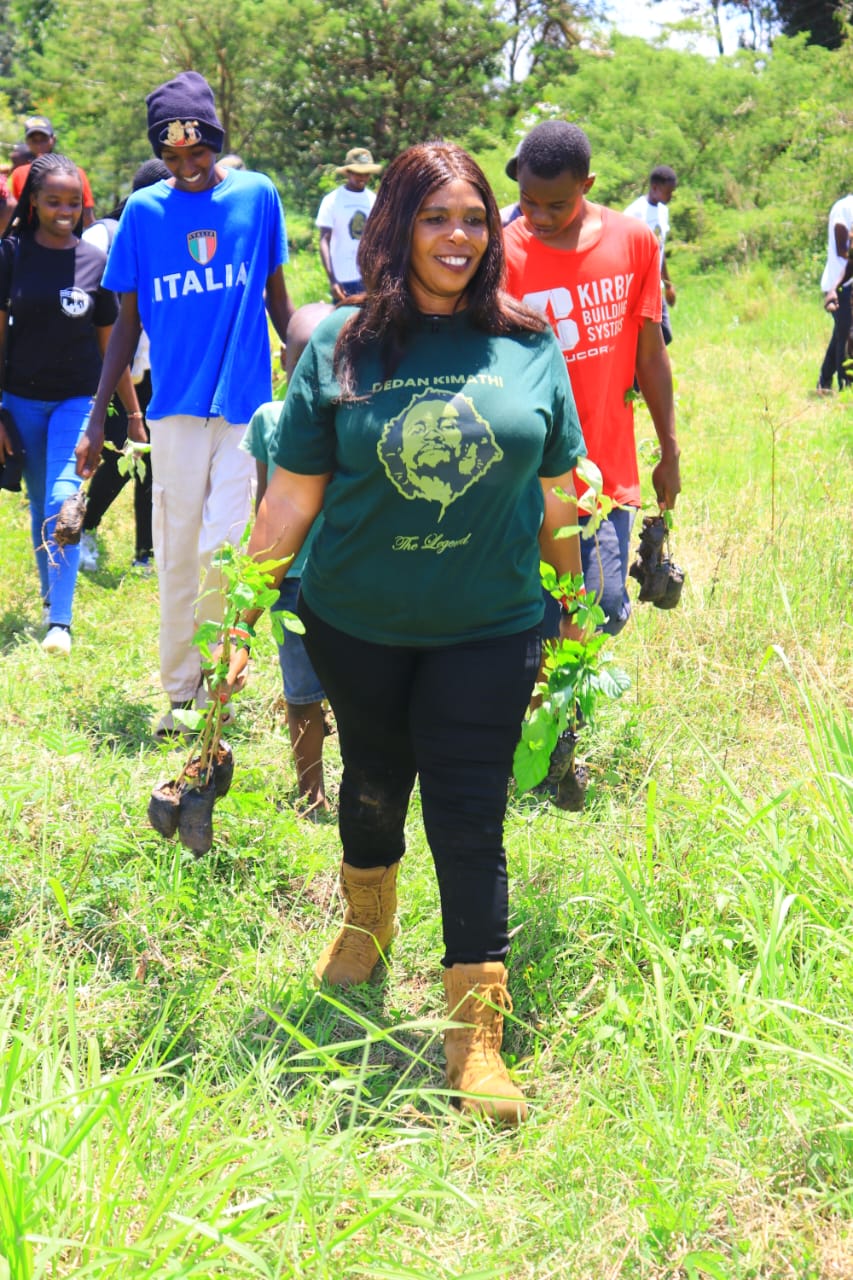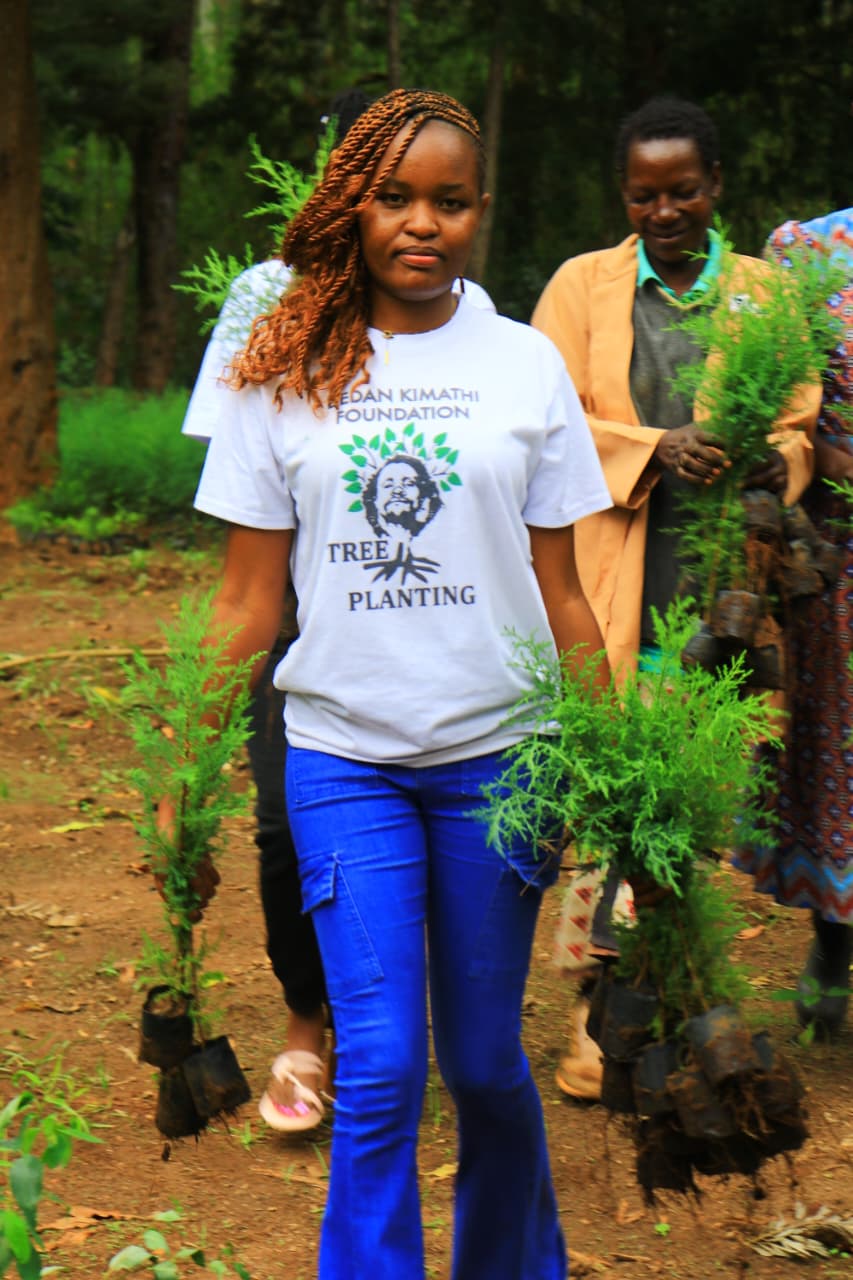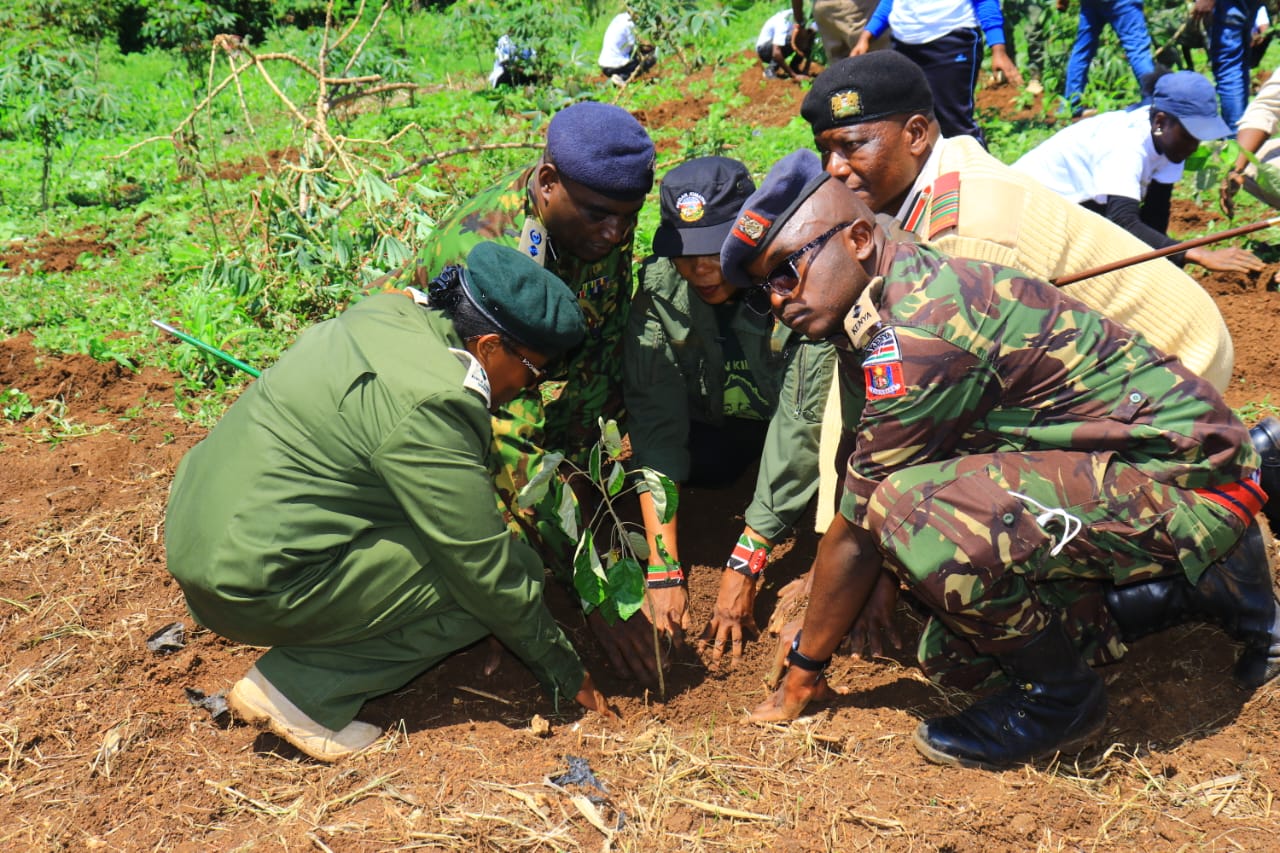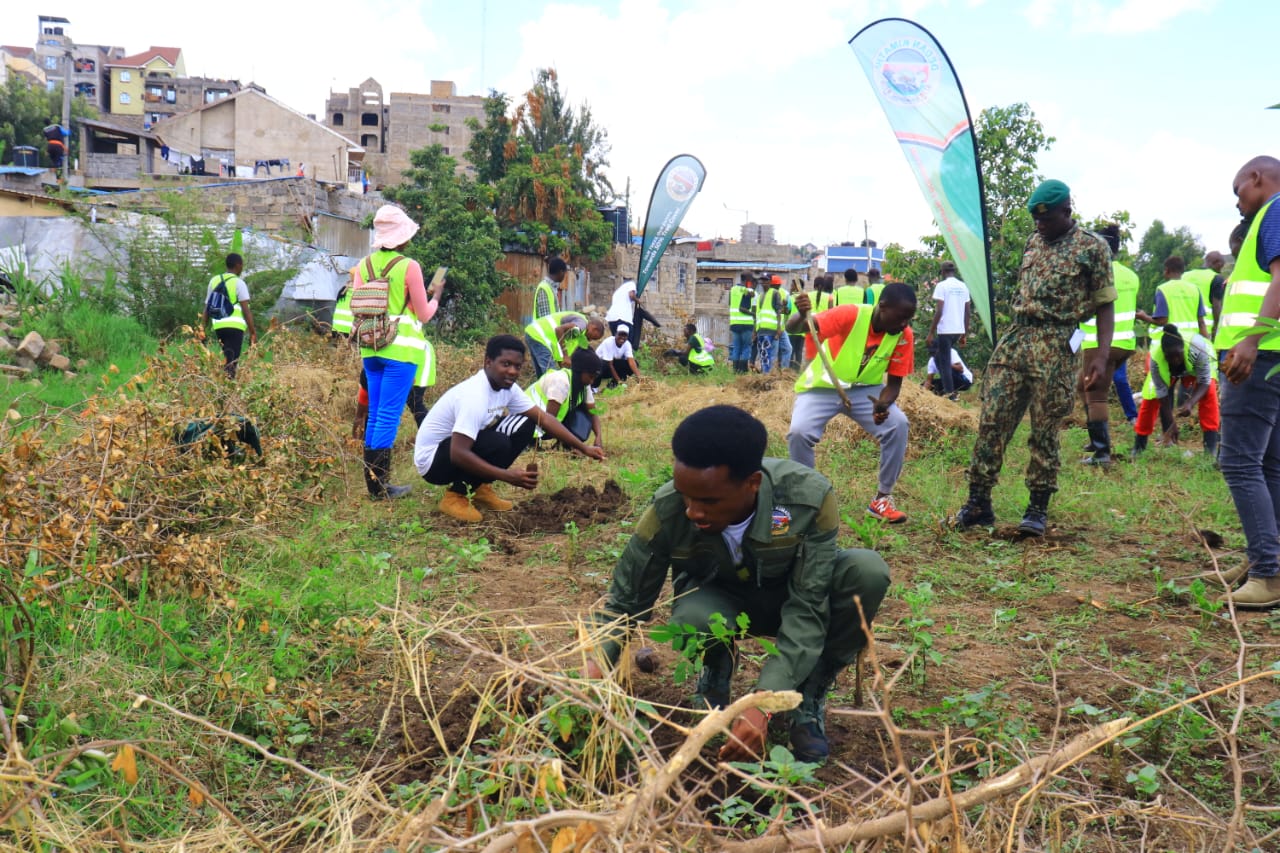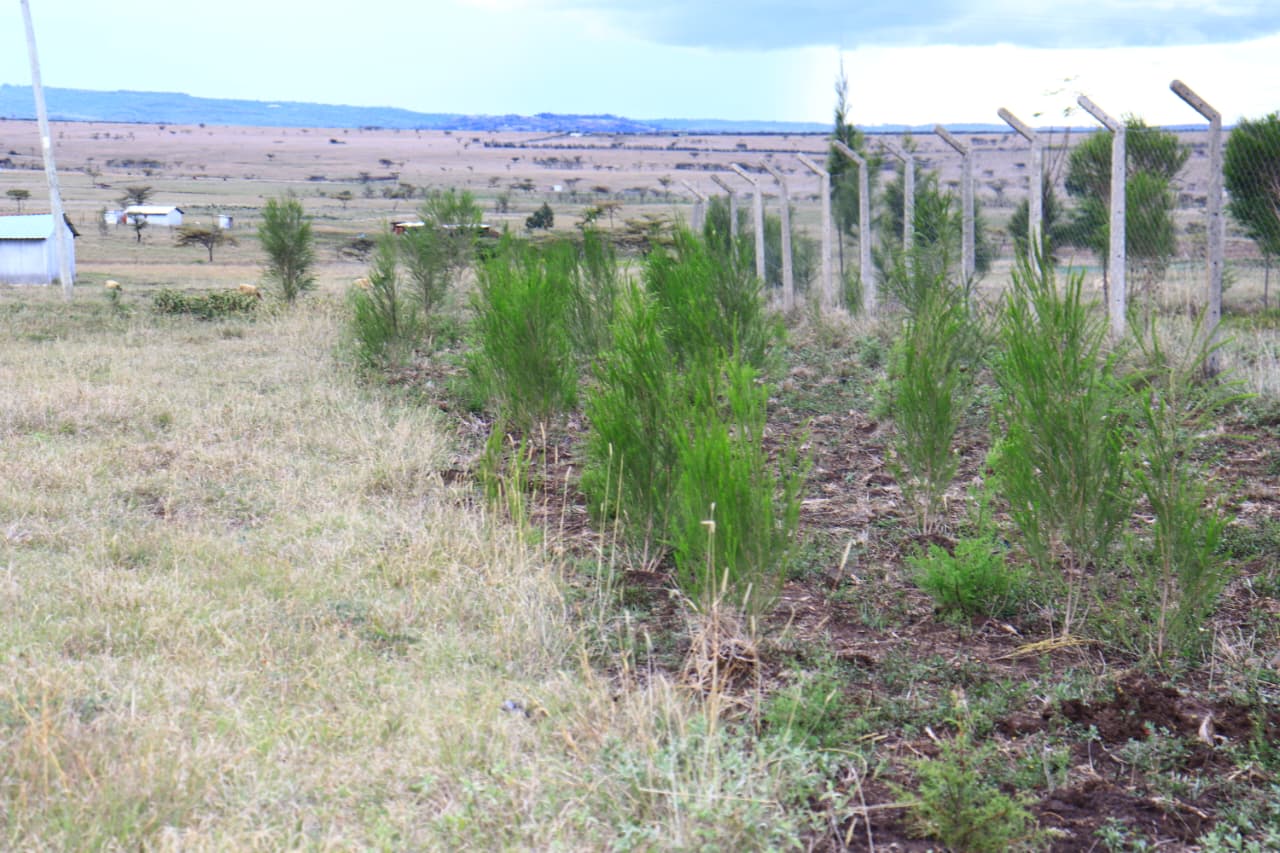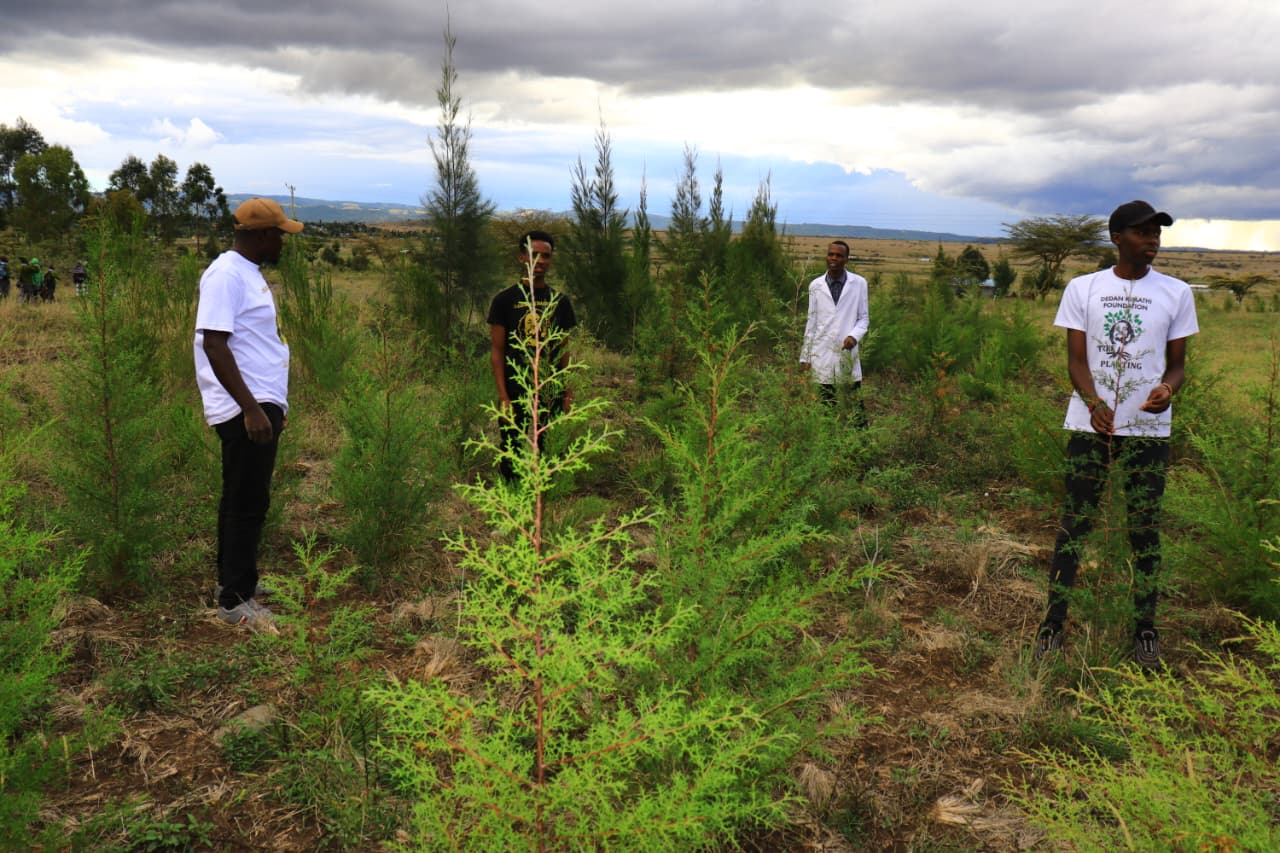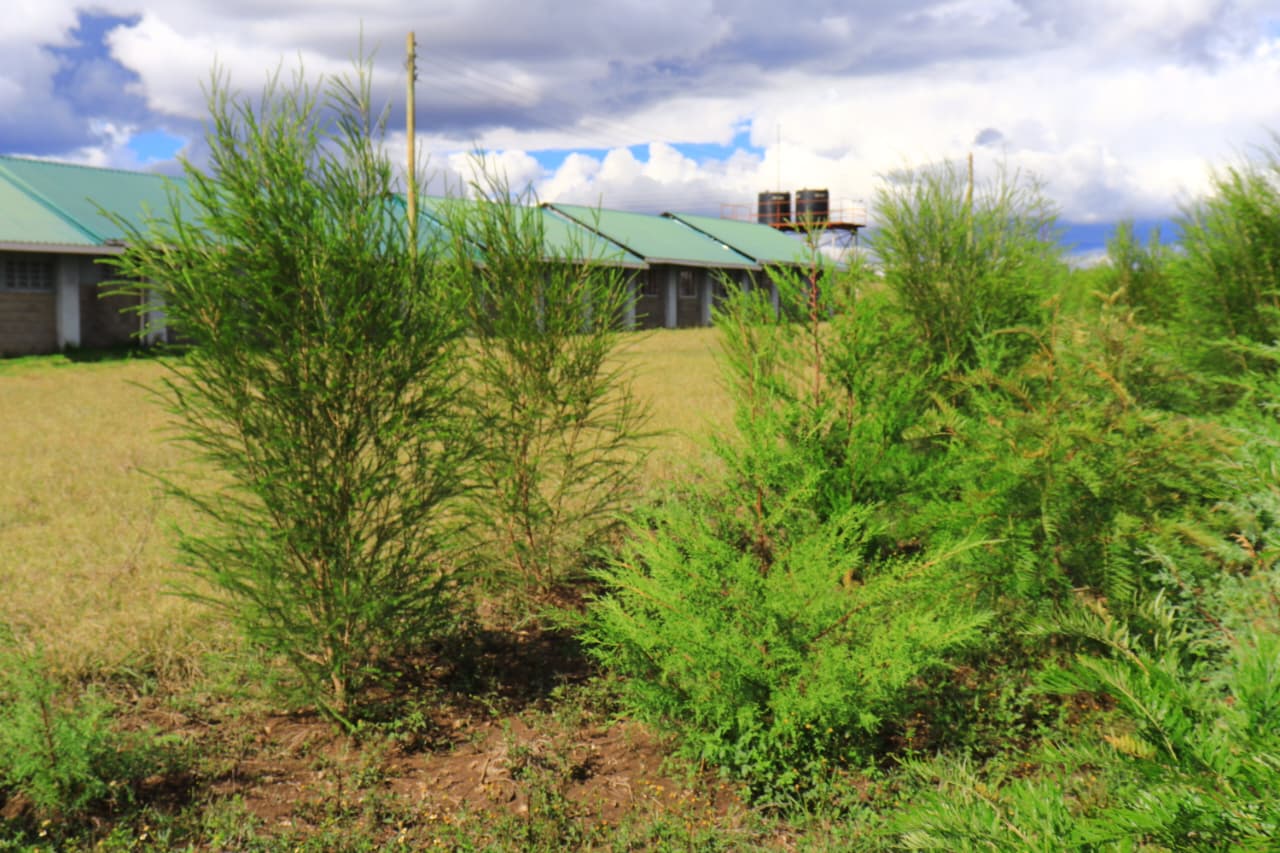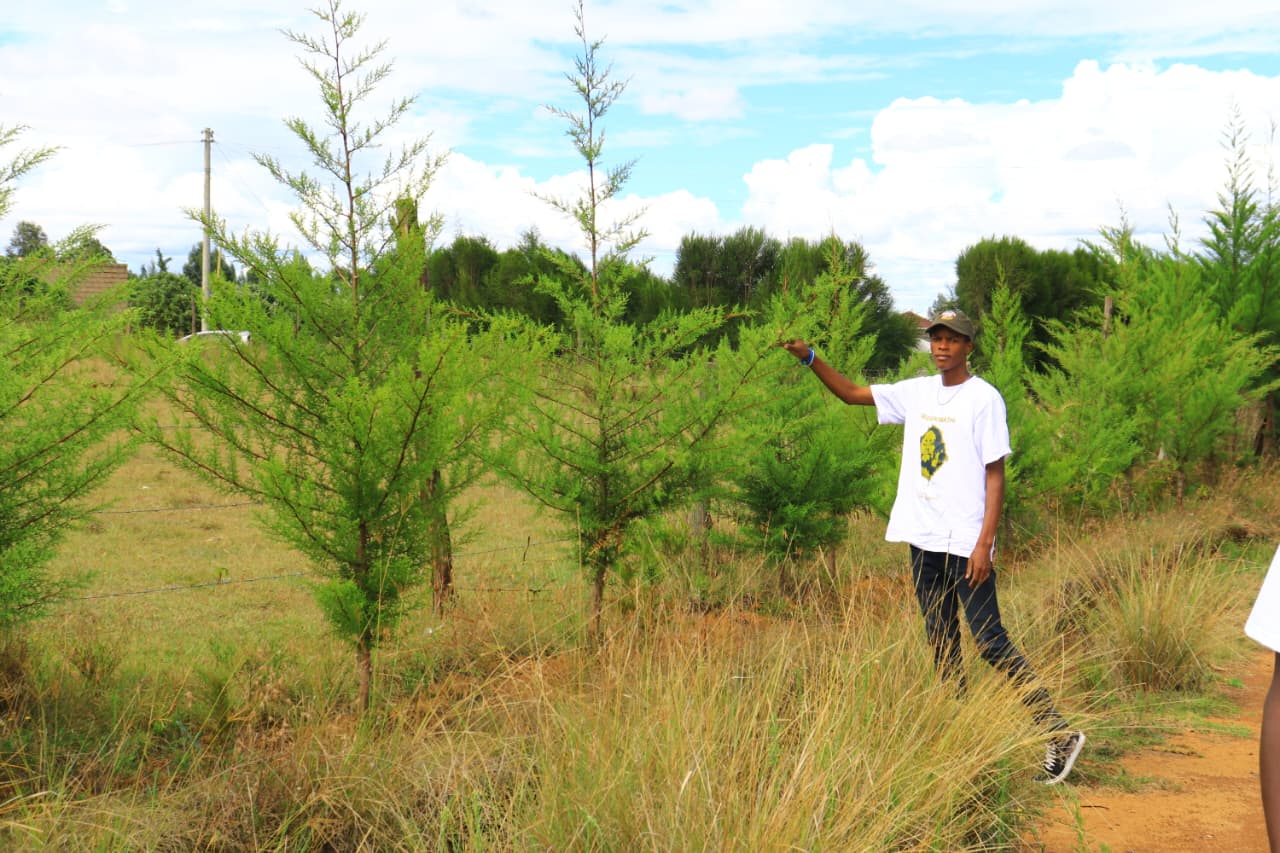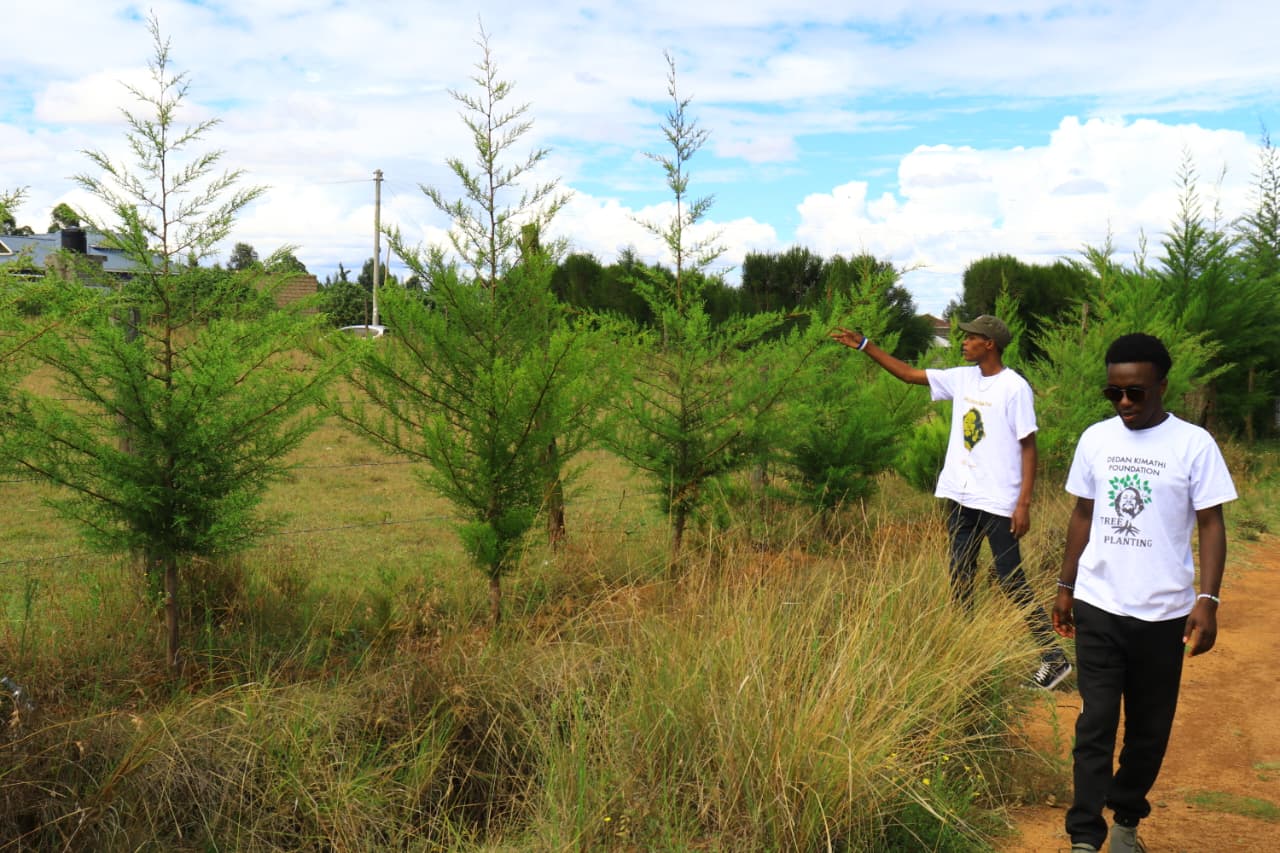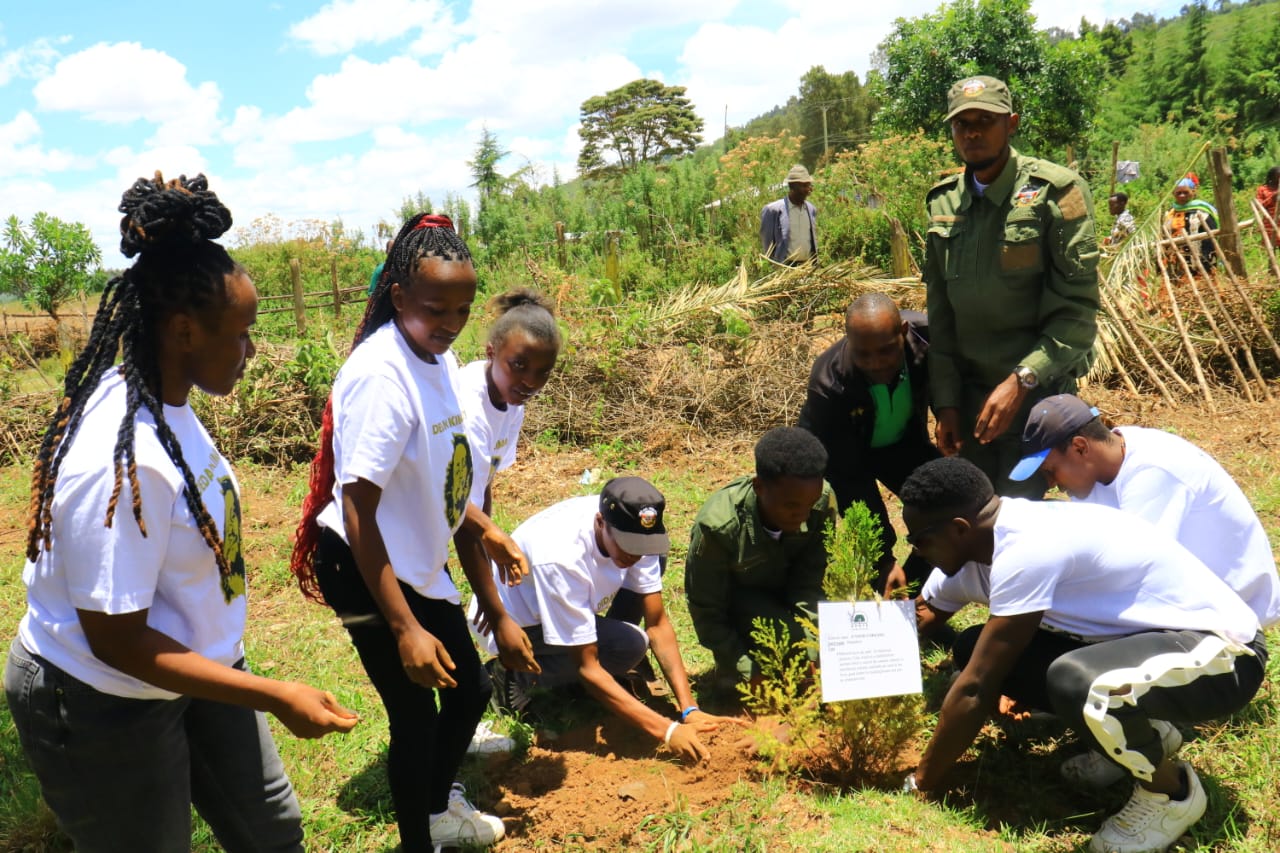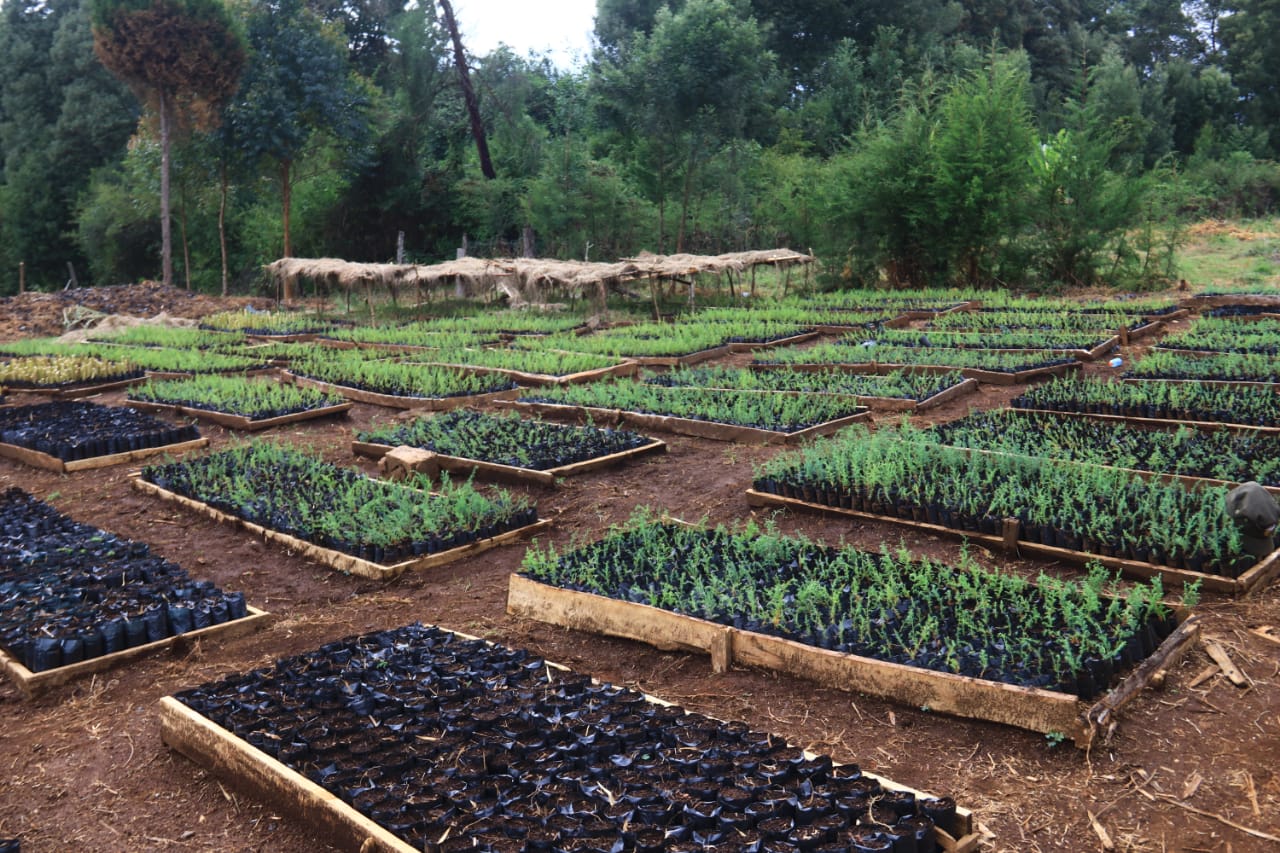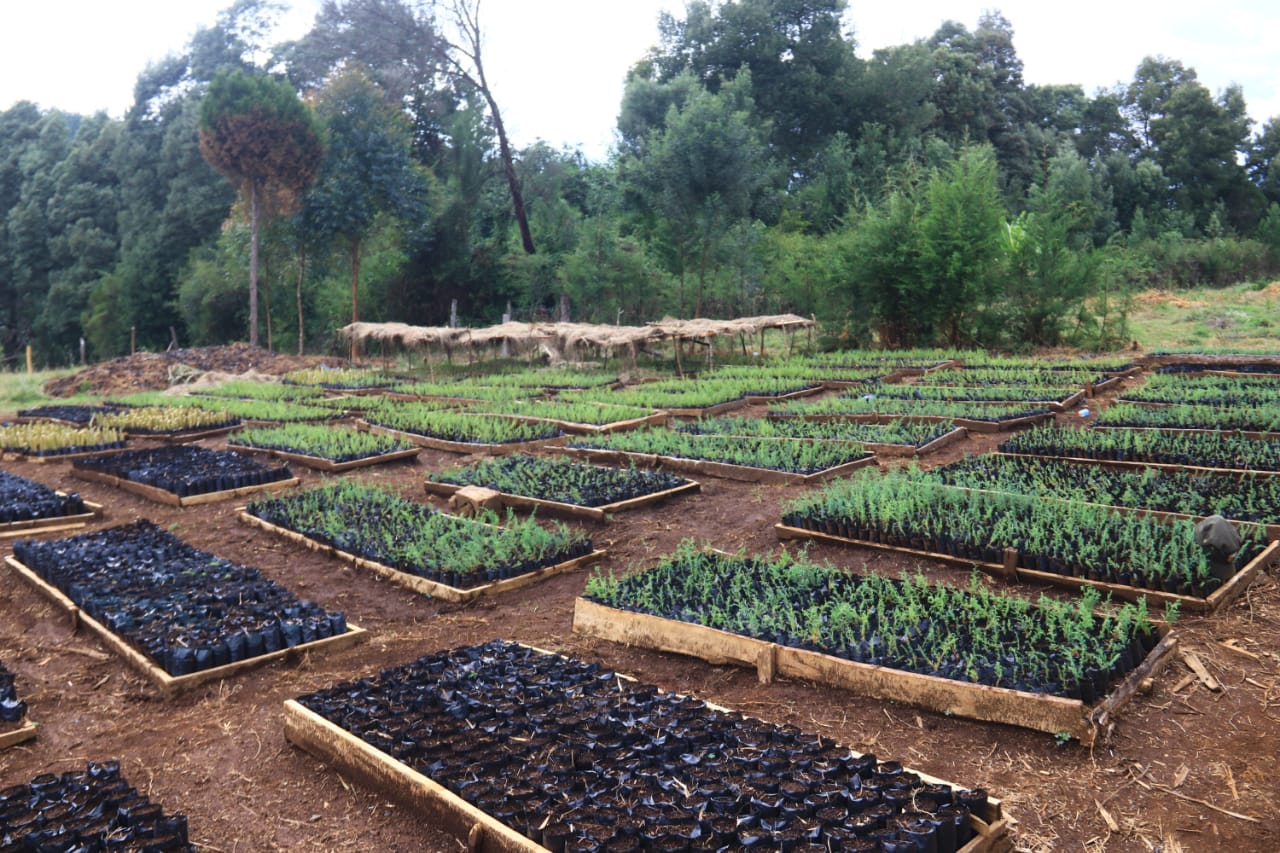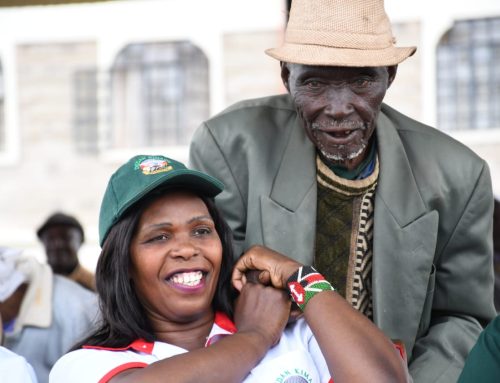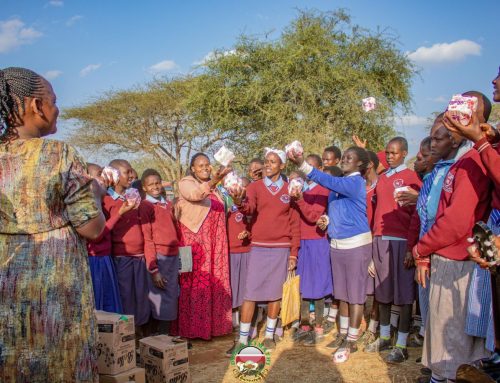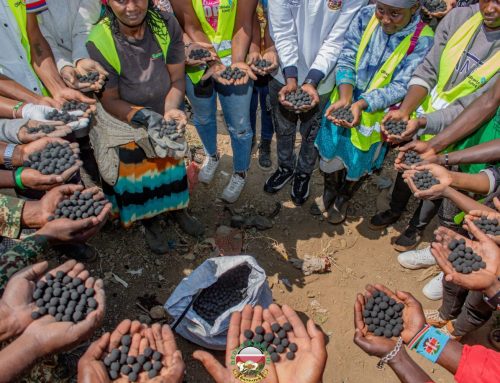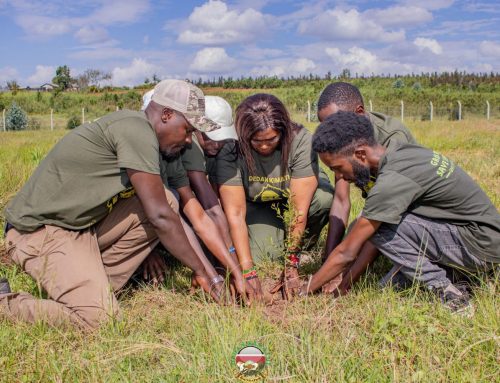Beyond The Seemingly ‘Fancy’ Tree Planting Activities
The Ever-Dirty Hands
Kenya’s 2032 Tree Cover Target
By the year 2032, Kenya looks forward to having an 18% increase in tree cover to attain 30% nationally. This is a mission that is not only engraved on the current government’s top agenda but also a path towards relief against climate change’s negative effects, which have continued to harm the global populace.
Despite the lack of proper central and county government structures to attain the ambitious target, Dedan Kimathi Foundation has been a strong believer in the desired transformation and the right direction to realize the same.
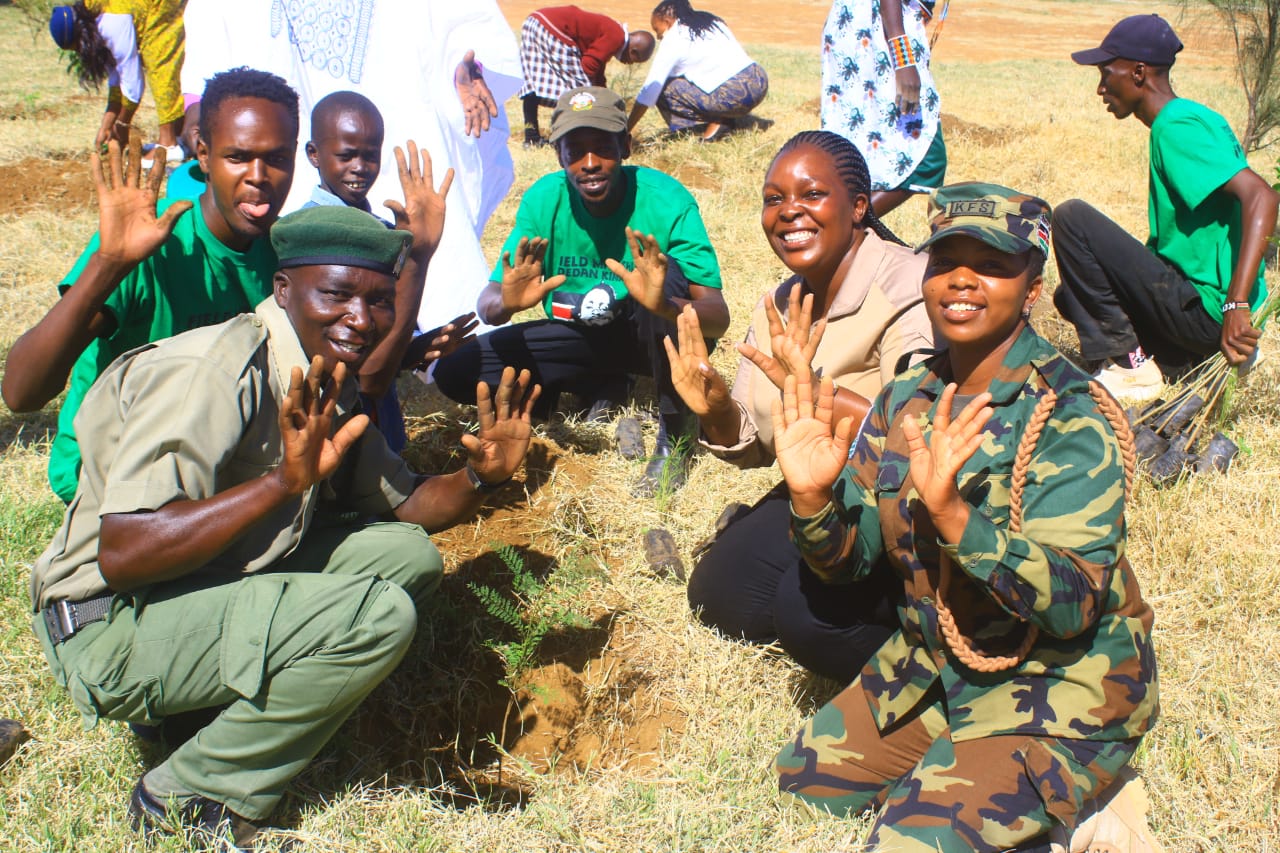
Year-Round Commitment to Sustainable Tree Growing
This is evident in the zeal displayed through the unending series of sustainable tree growing activities conducted by the Foundation all year long in public sites — especially gazetted forests, hills, schools, police stations, hospitals, NGAO offices, along rivers, and other water bodies.
With partners, the Foundation has always felt the energy to keep at it, emulating the patriotism displayed by the likes of Field Marshal Dedan Kimathi Wachiuri, who dared the British colonizers, and Nobel Peace laureate Prof. Wangari Maathai, who fiercely defended green spaces at the time of their destruction for uses less vital than conservation.
The Tireless Hands Behind the Mission
The fuel behind our immense contribution to the forestation agenda lies in the tireless hands of the Foundation’s enthusiastic volunteers who, over the years, continue to spend countless hours each week producing tree seedlings to match the growing demand. Their routine rotates around soil collection, pot-filling, seed sowing, pricking-in of seedlings, weeding, value addition, and constant watering.
From Coaching to Action
For all these to be, it has taken years of environmental coaching and action to create real pictures of what conservation looks like. Through progress monitoring and evaluation of the trees planted by the Foundation — and the benefits the trees render to their environments — the conservation team gains more motivation to increase efforts, produce more, and engage more beneficiaries for better impact.


